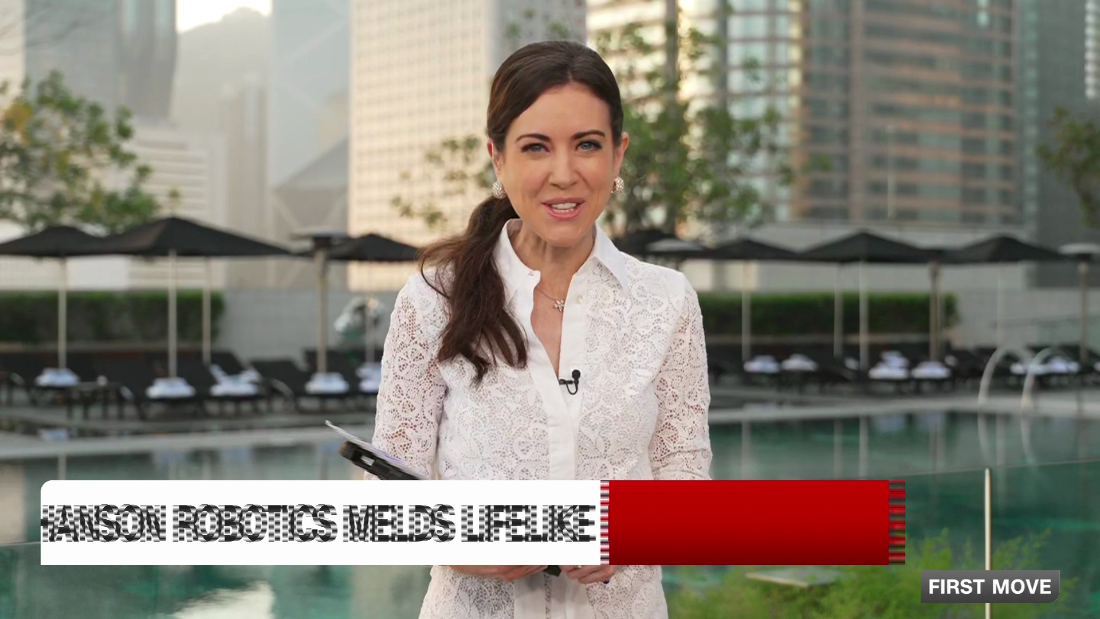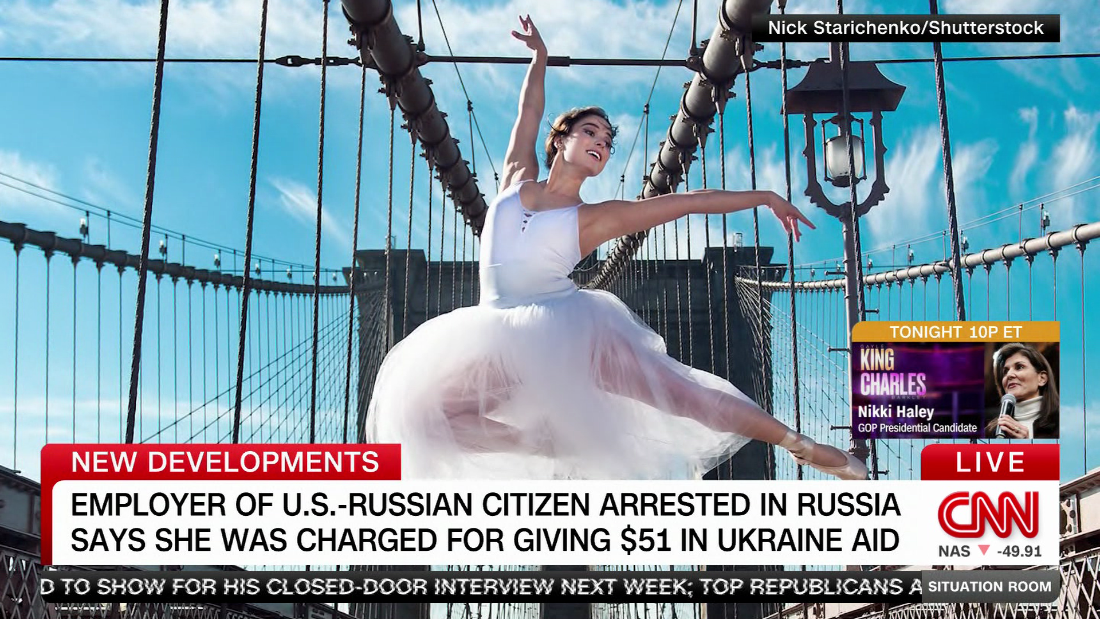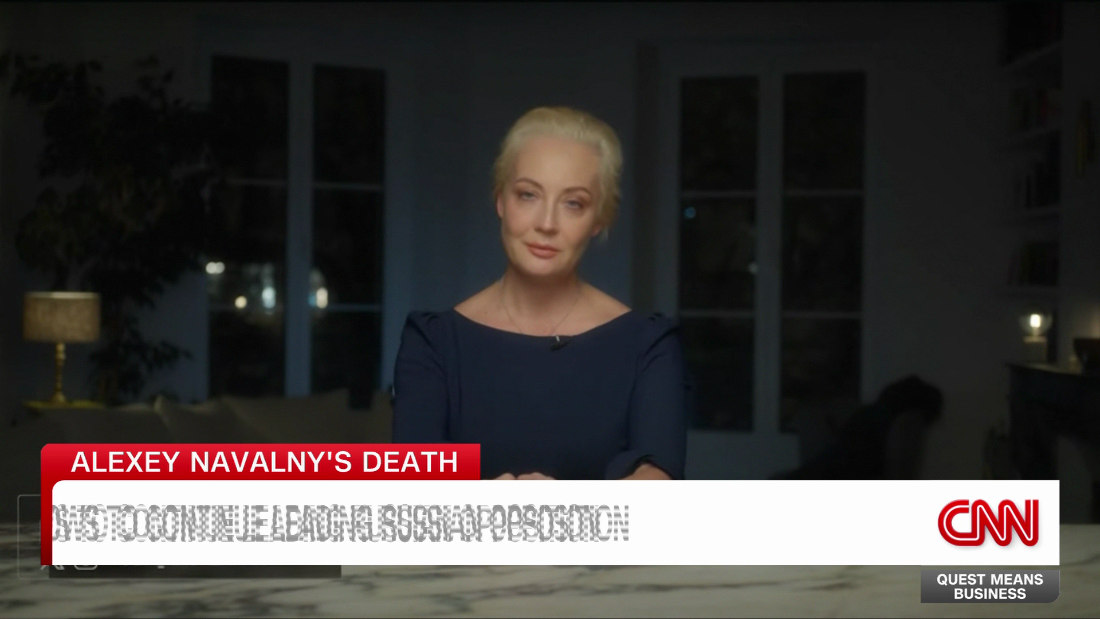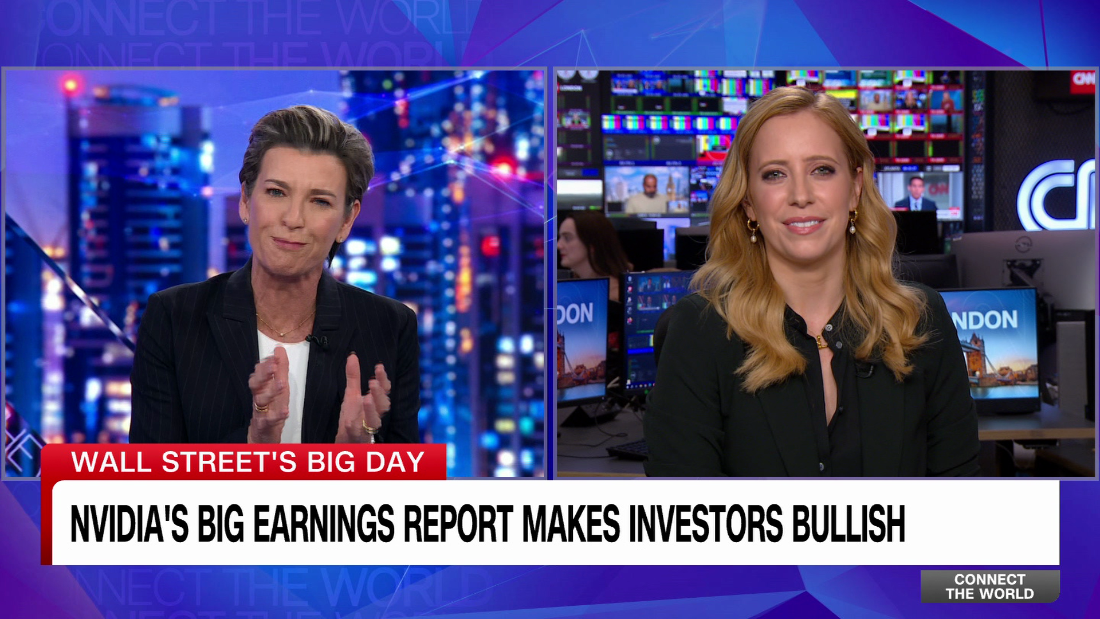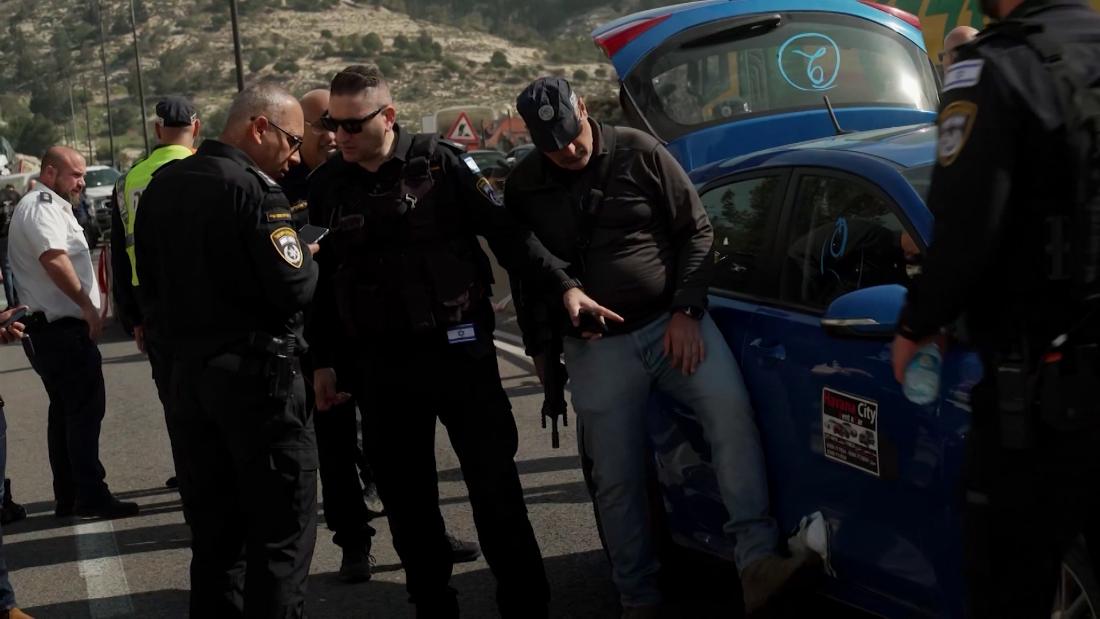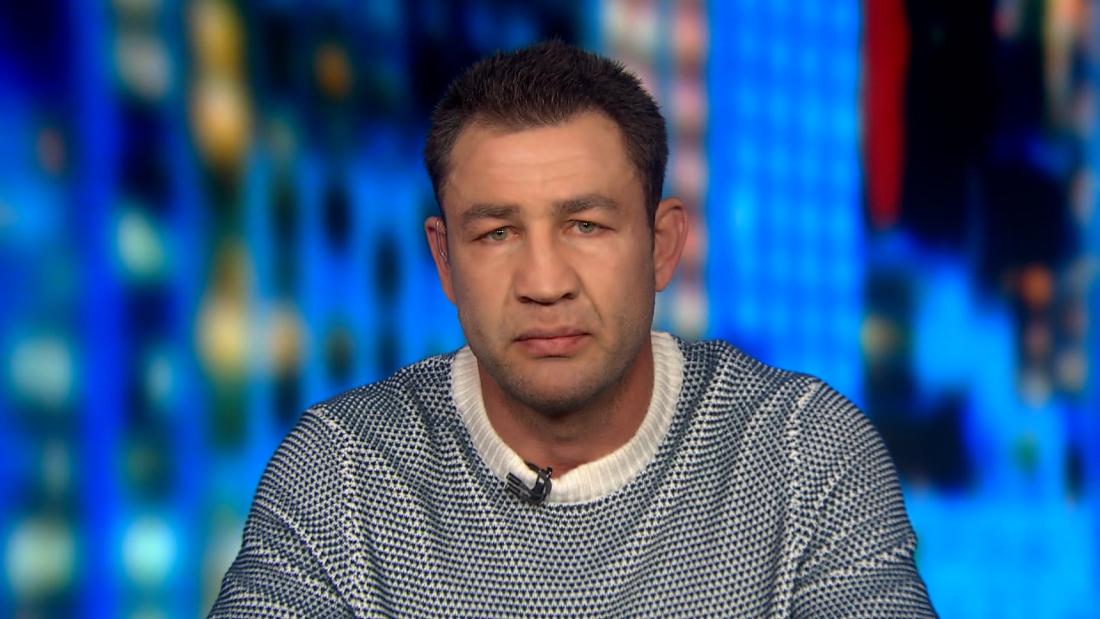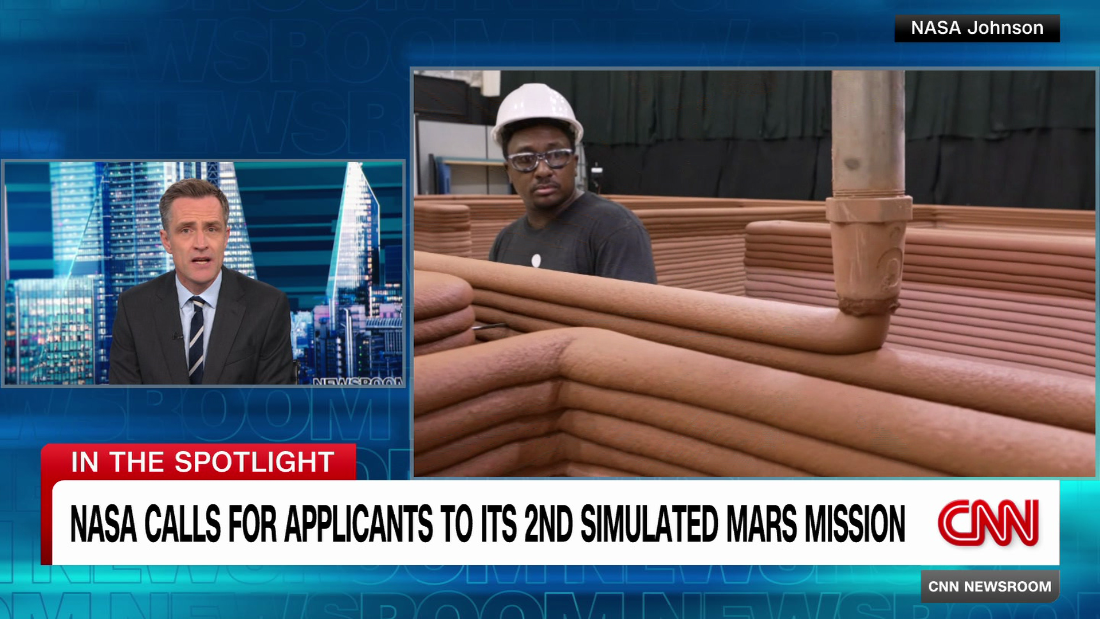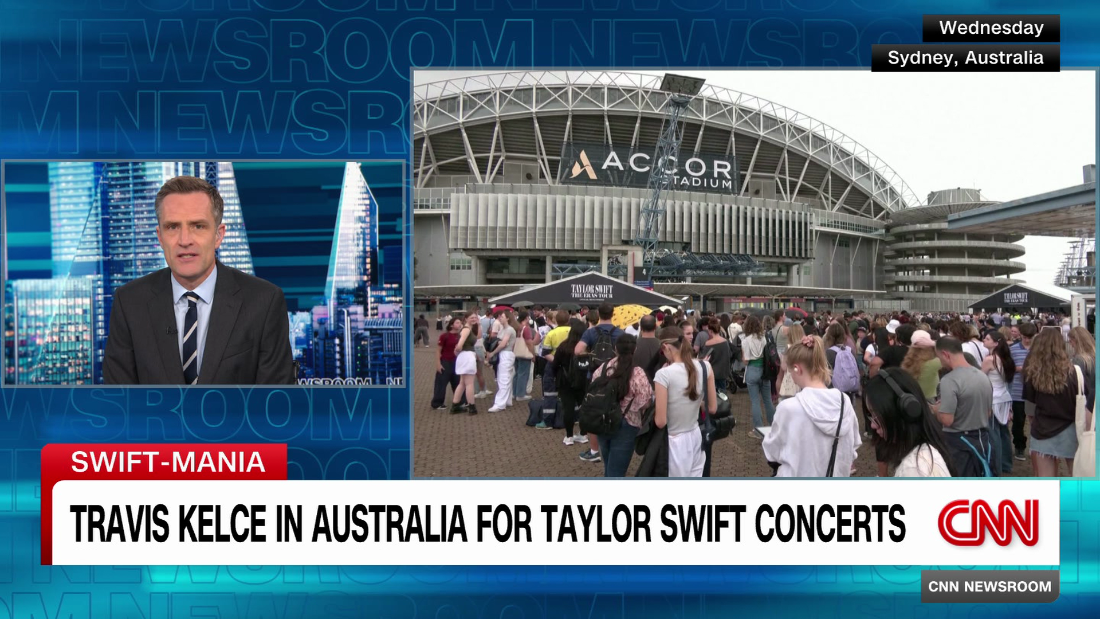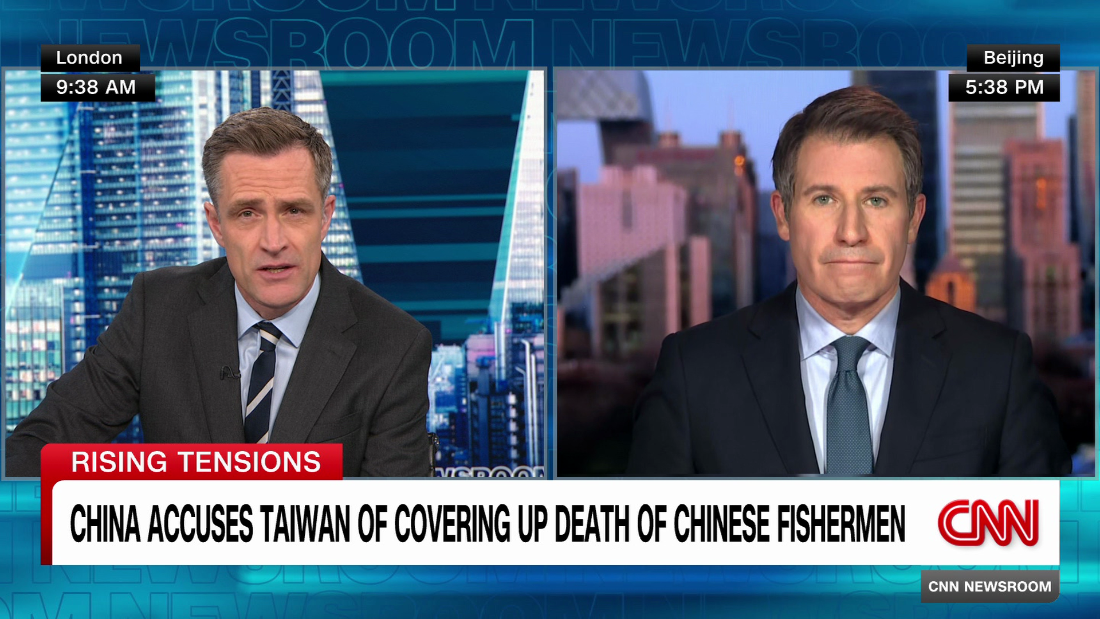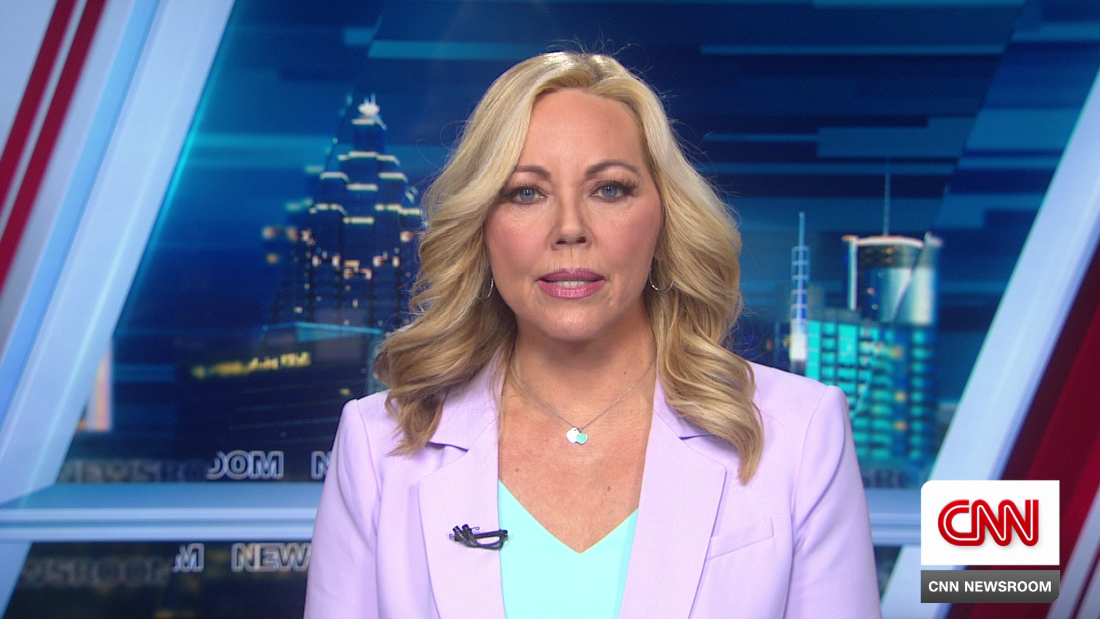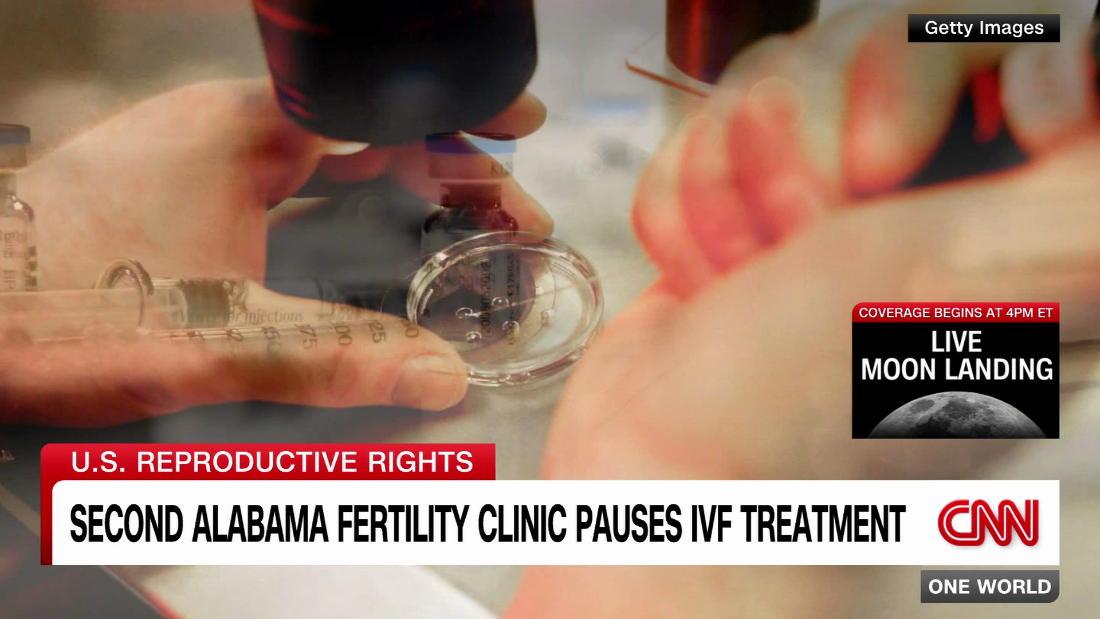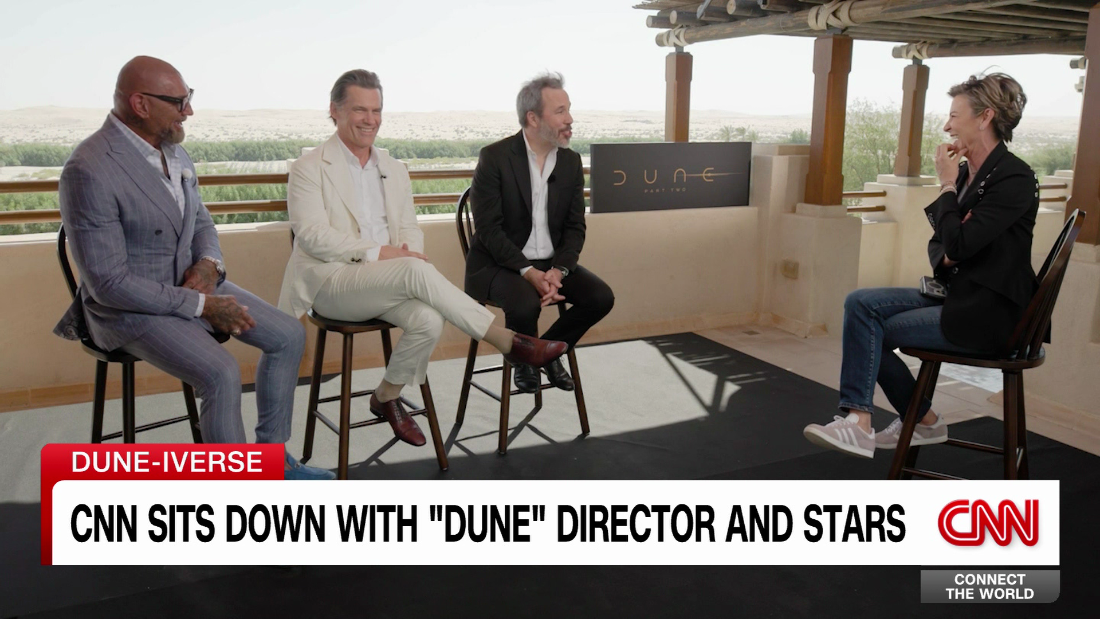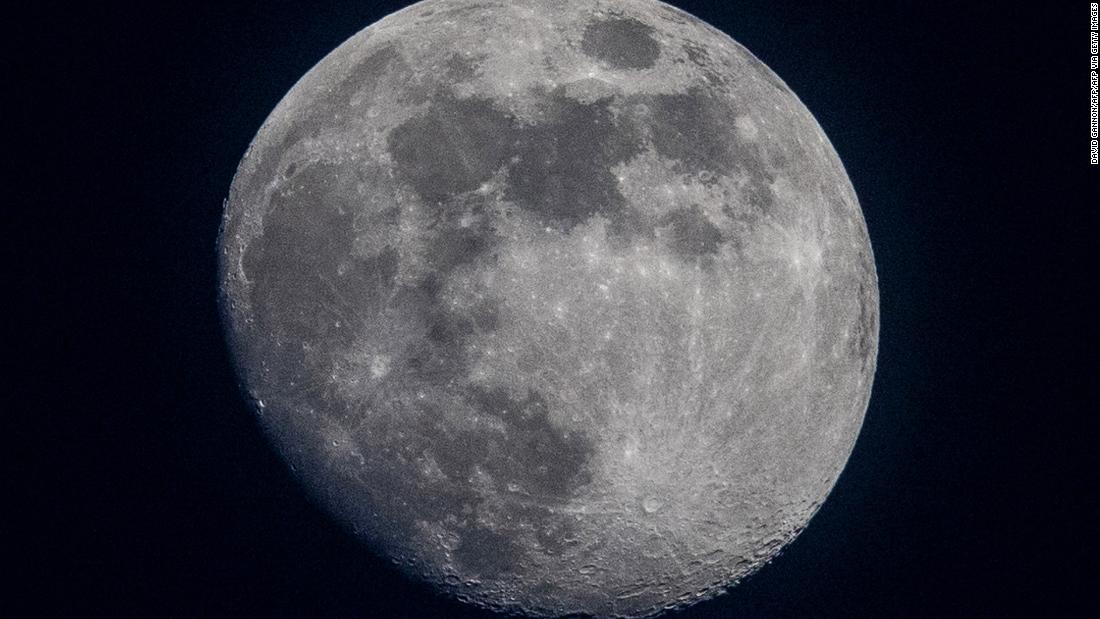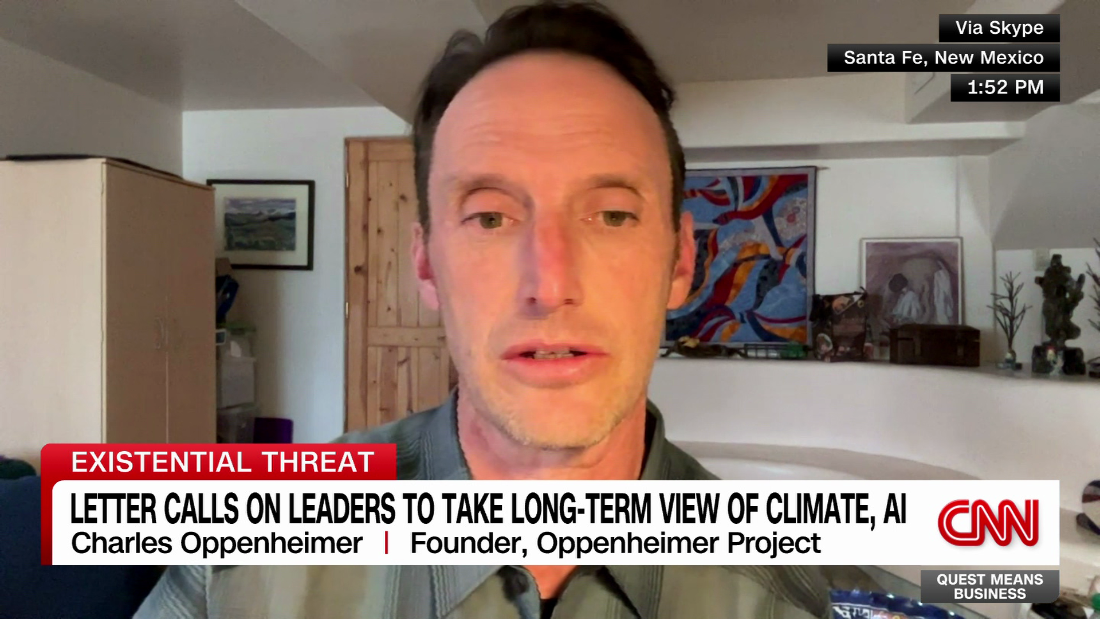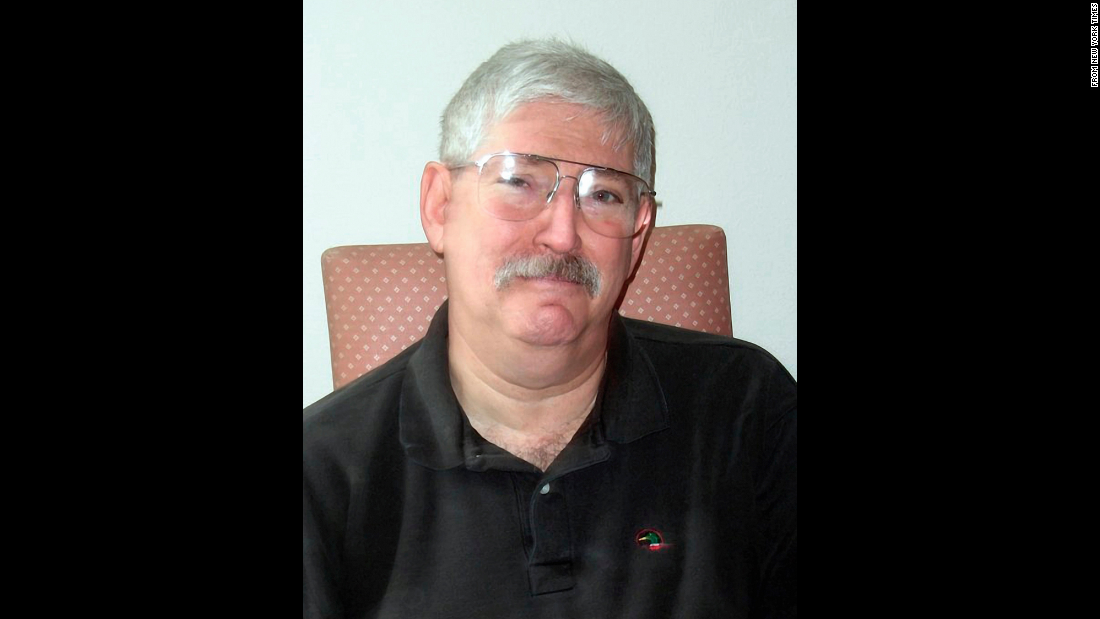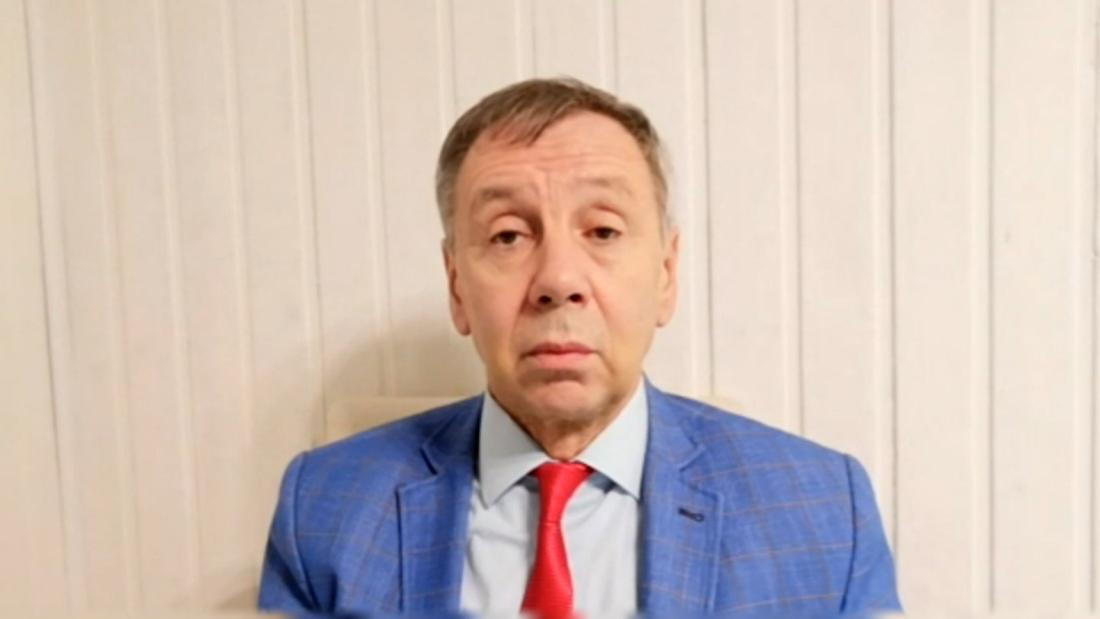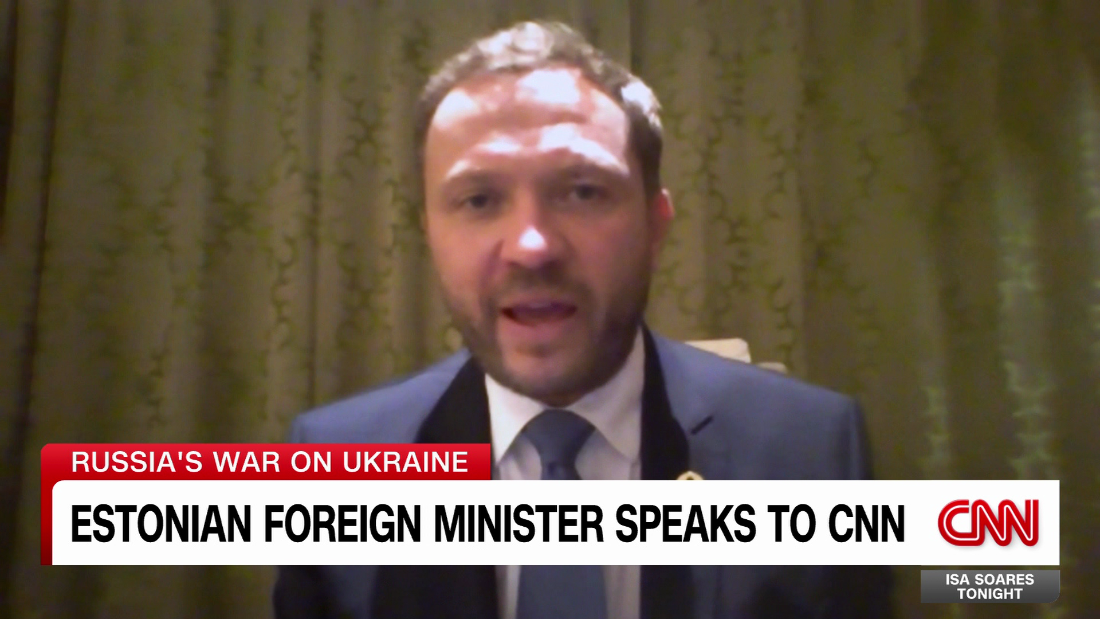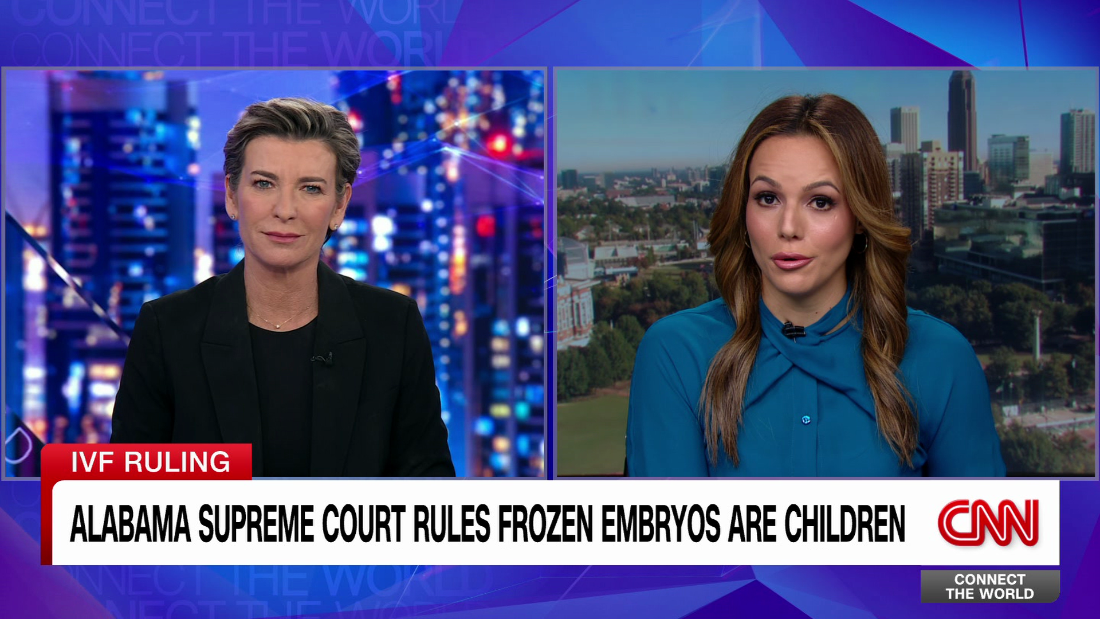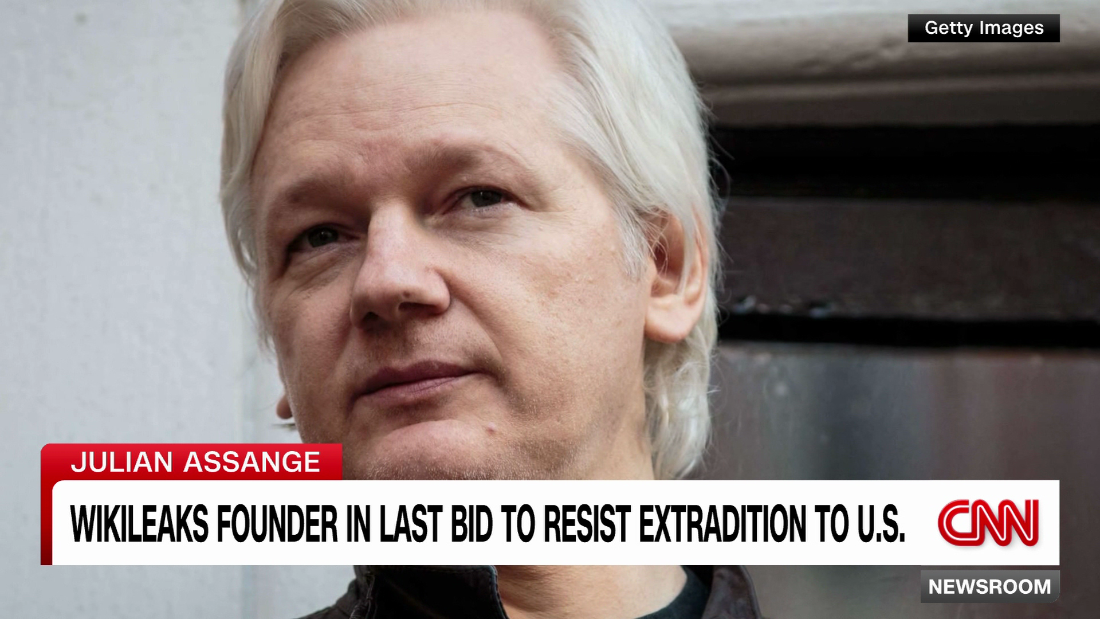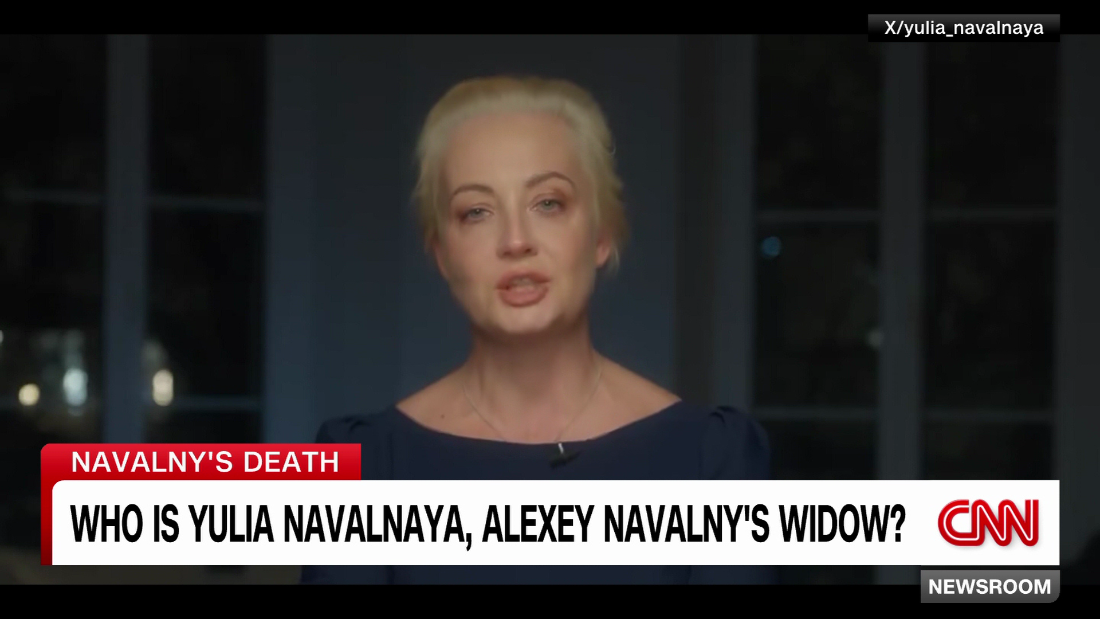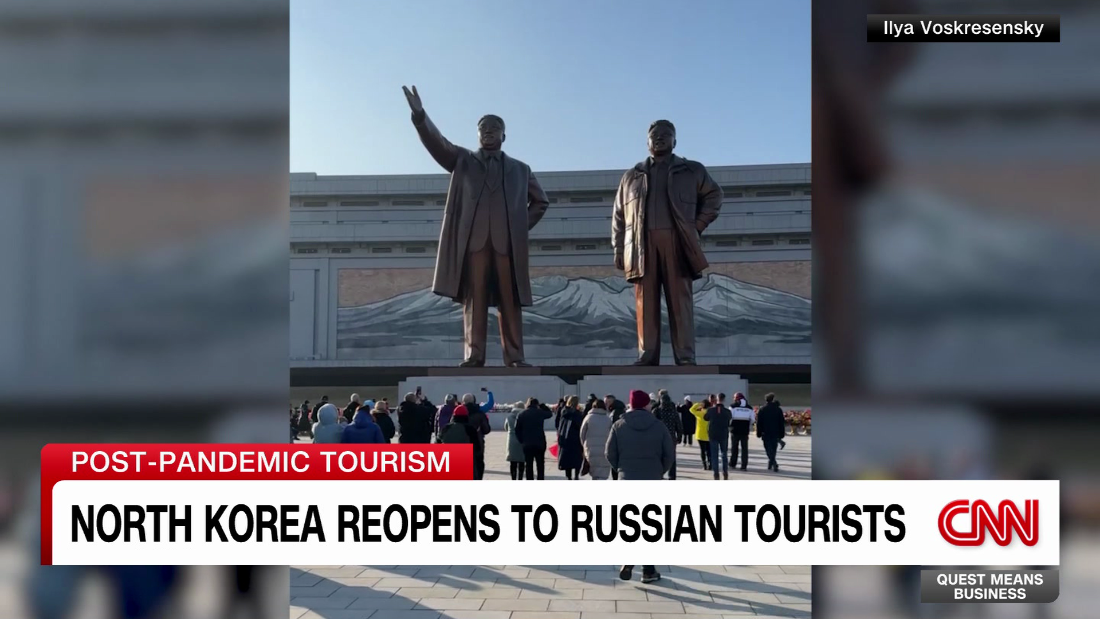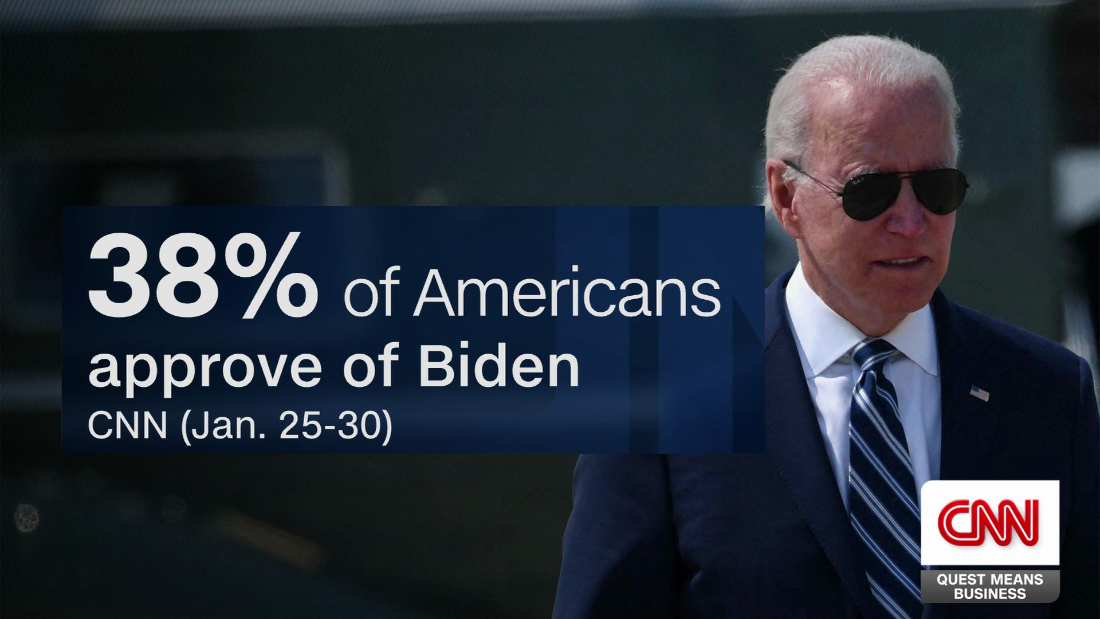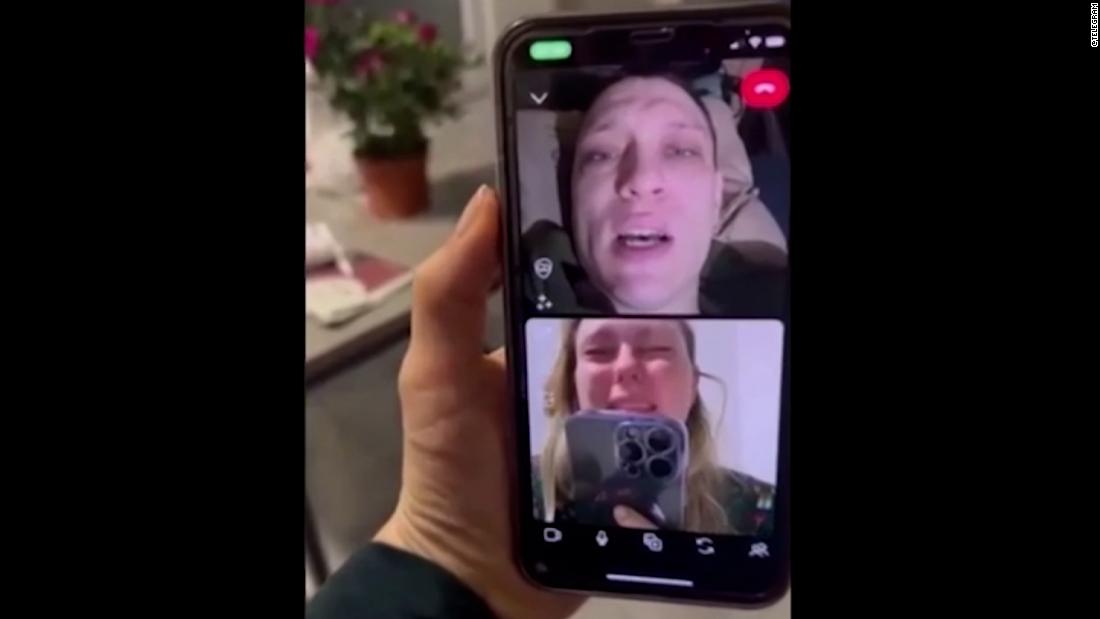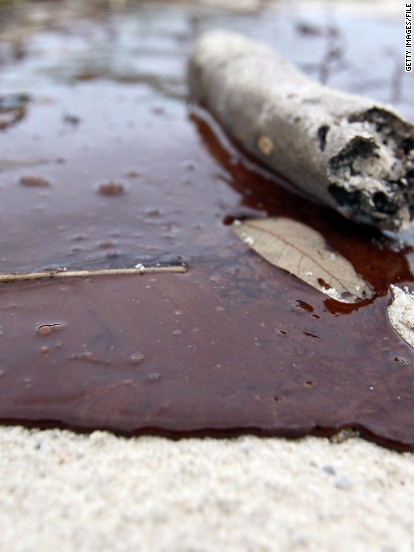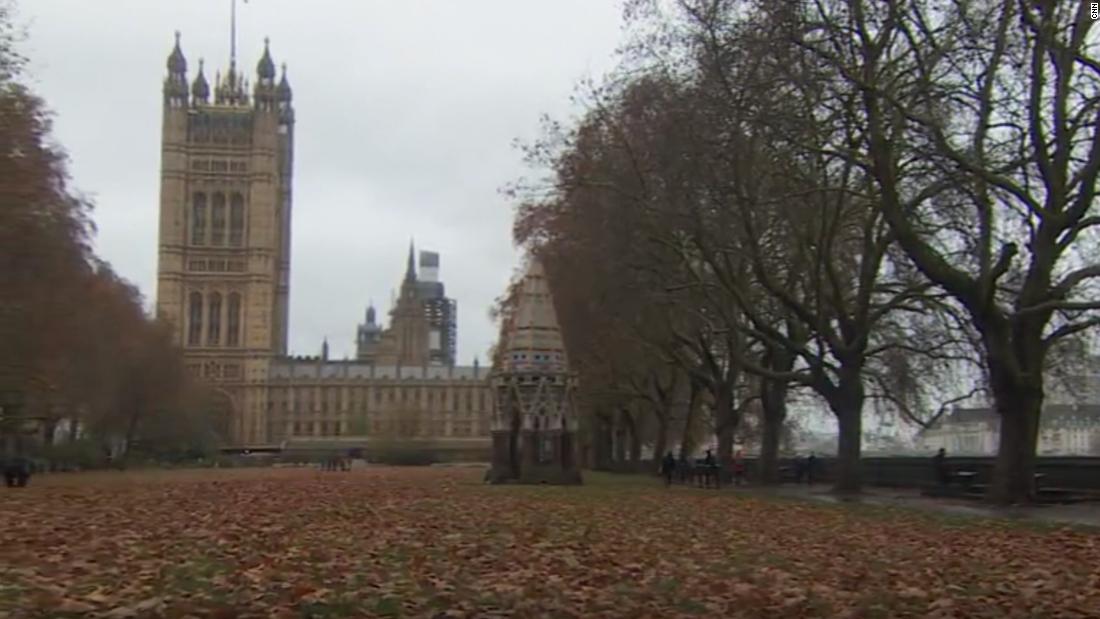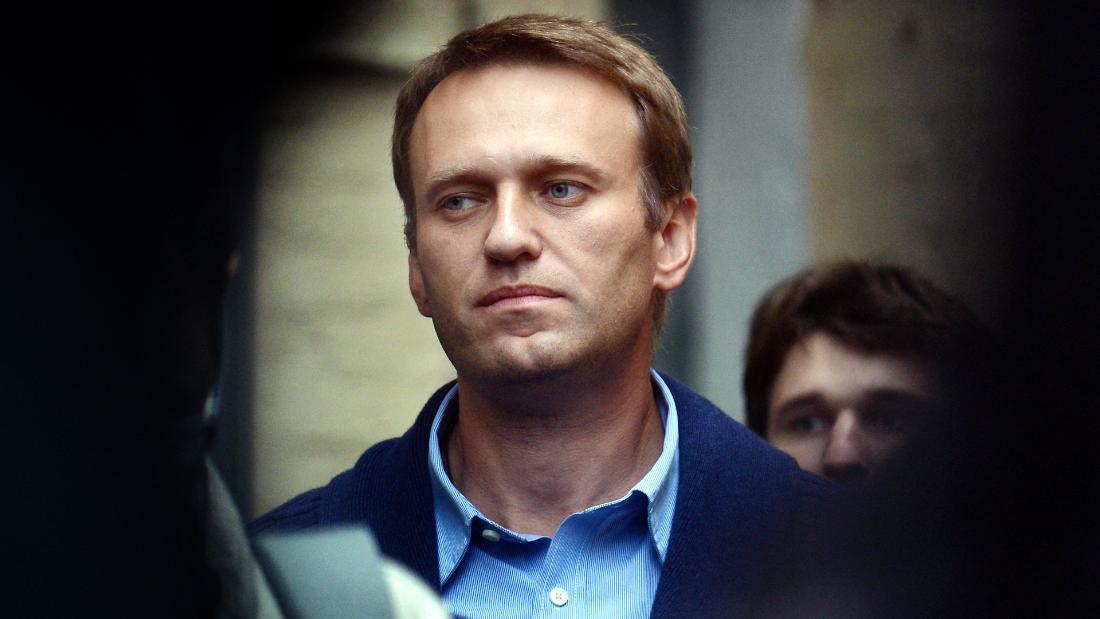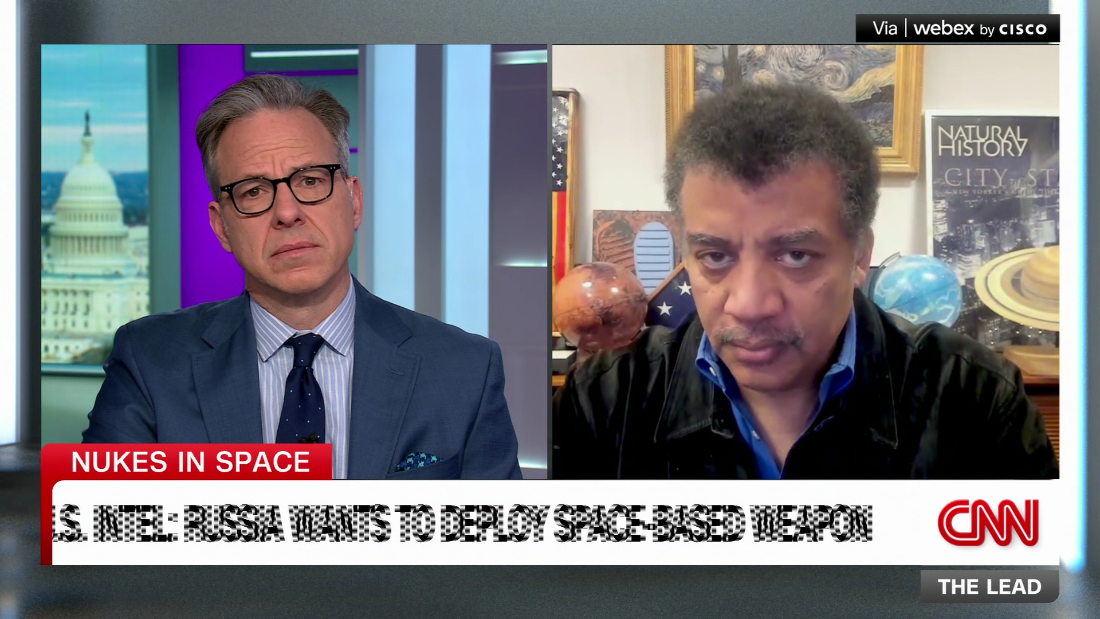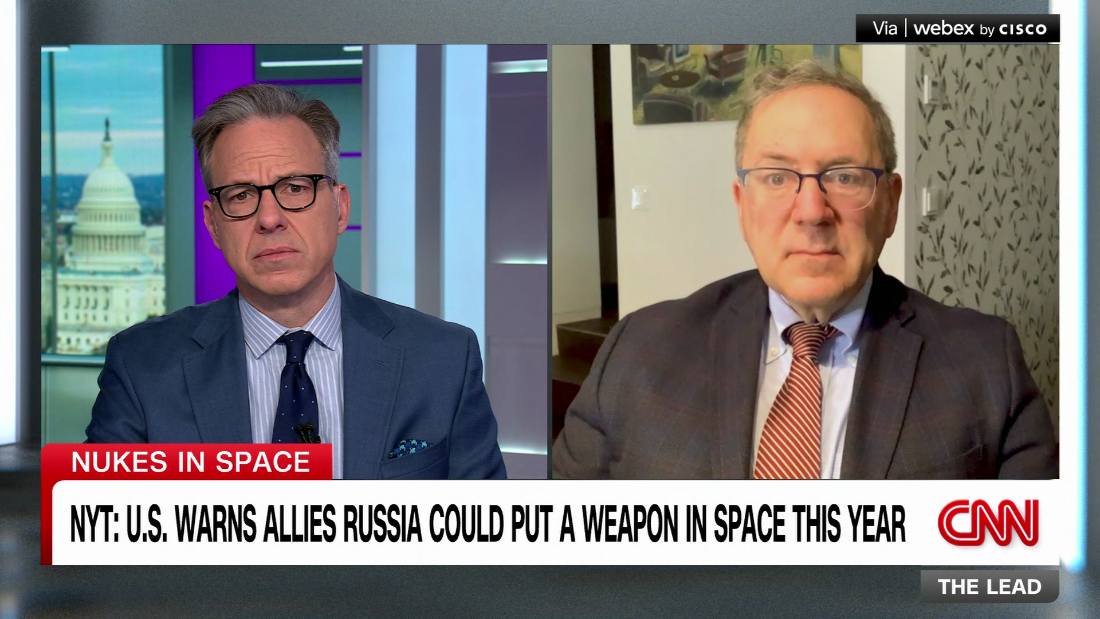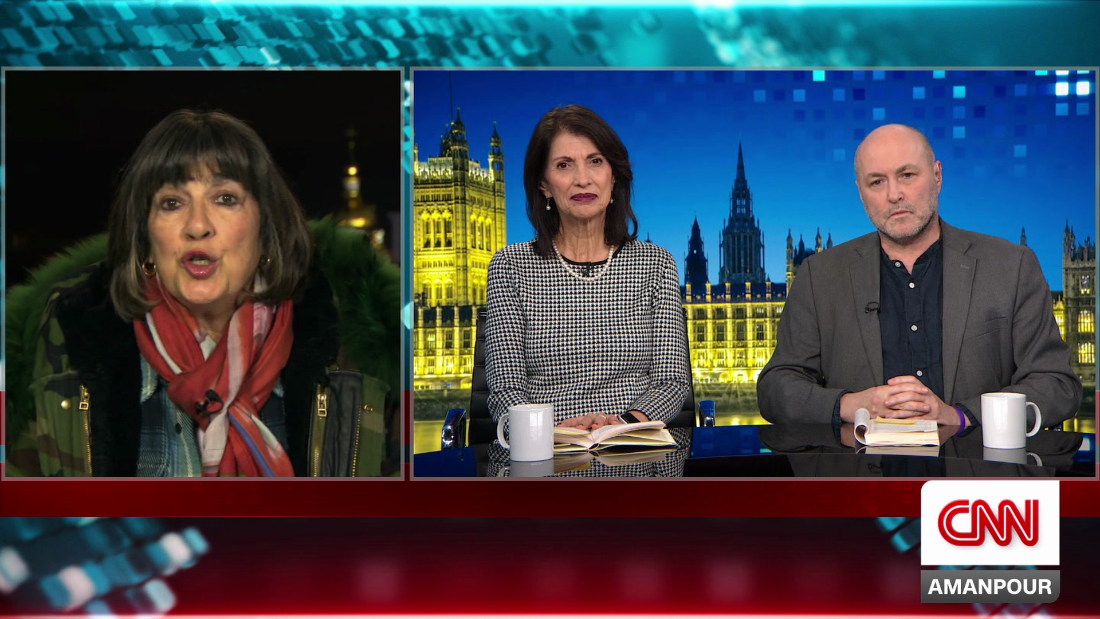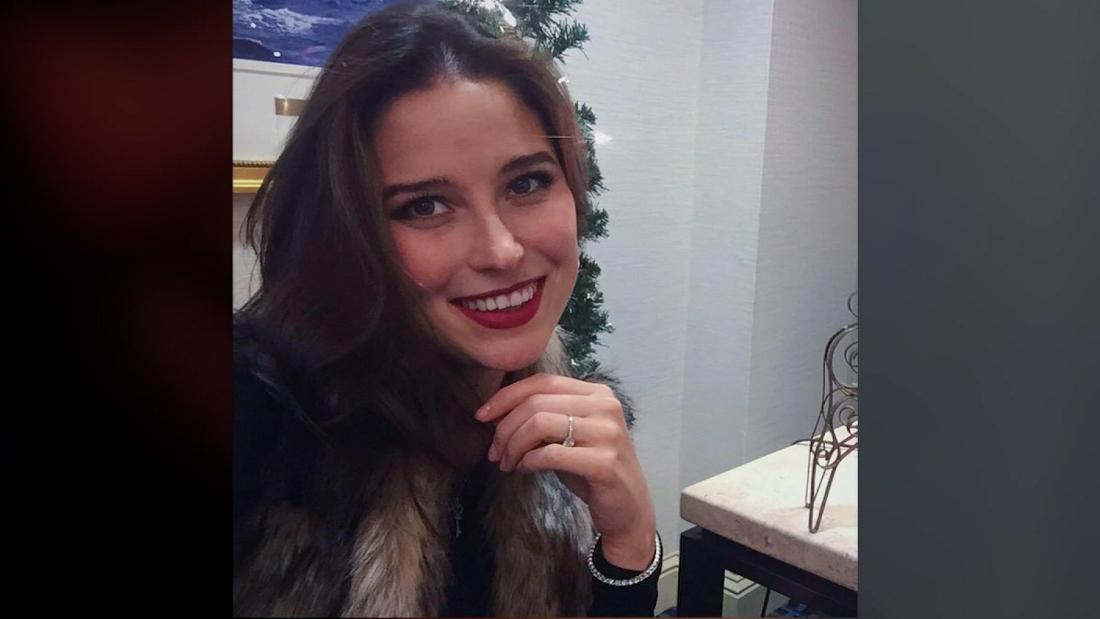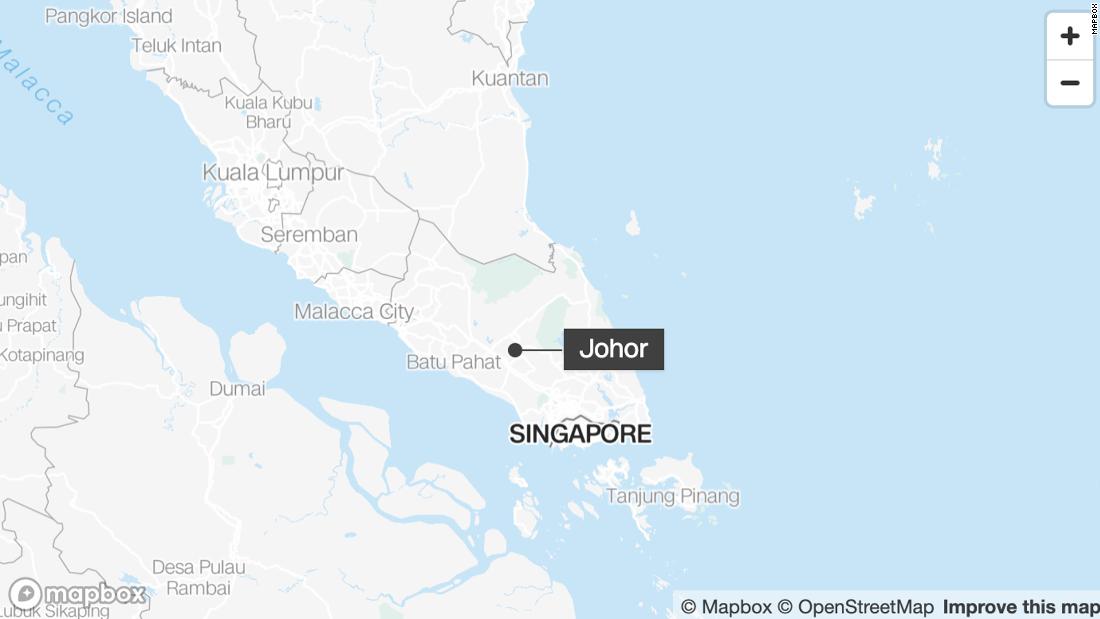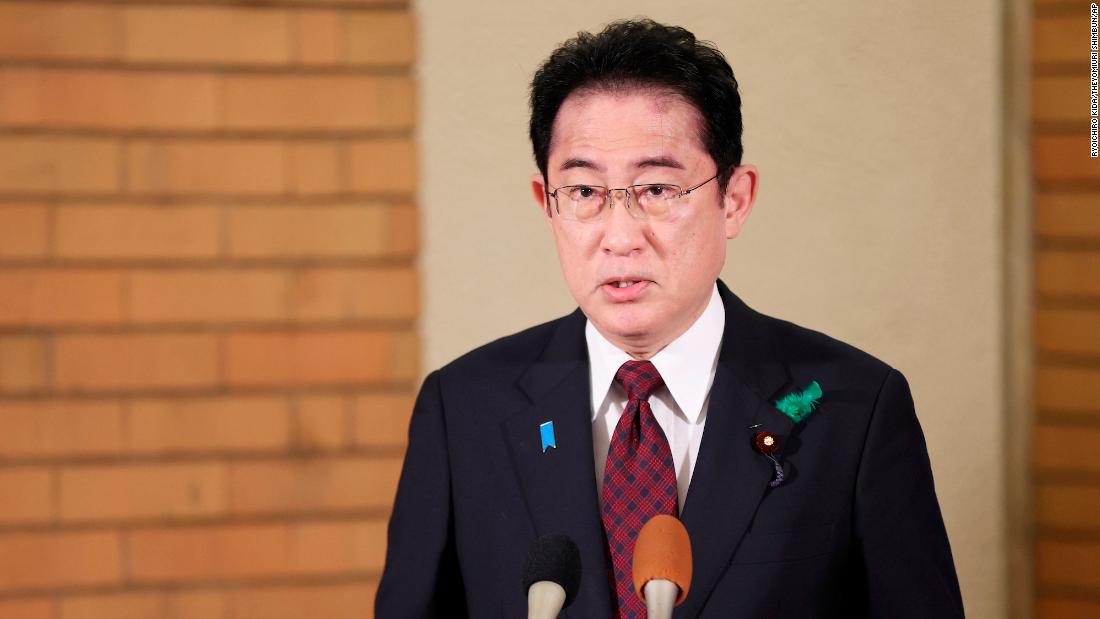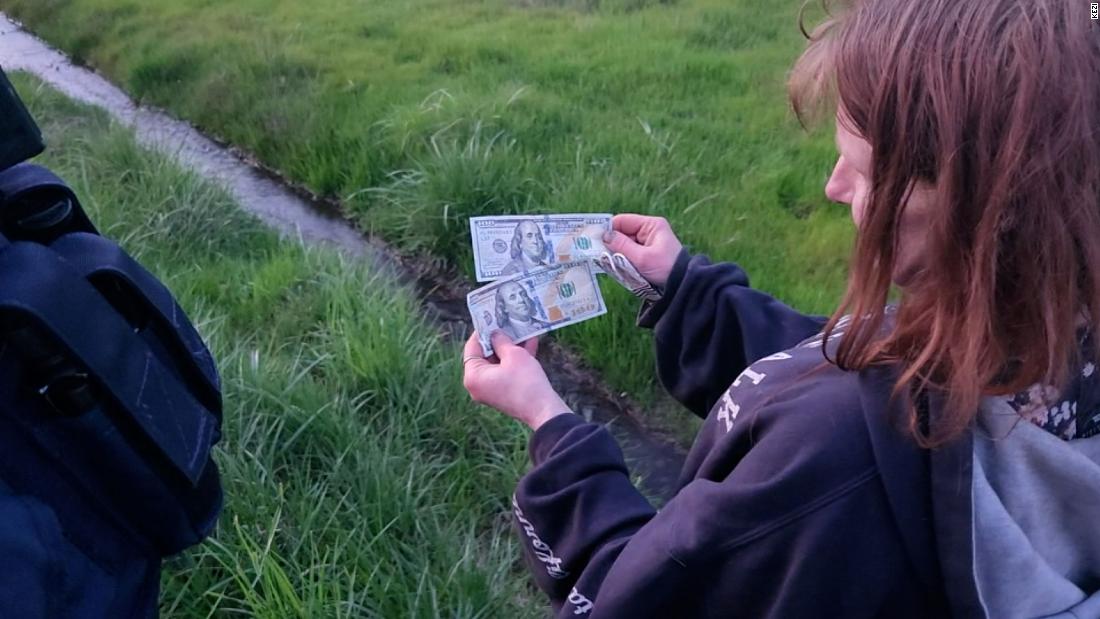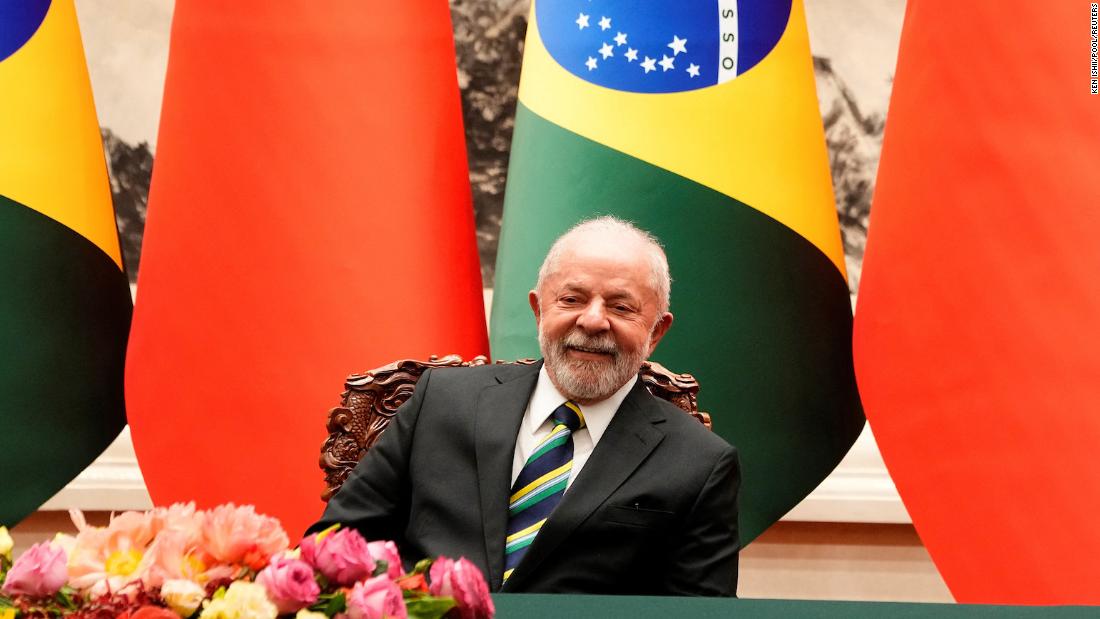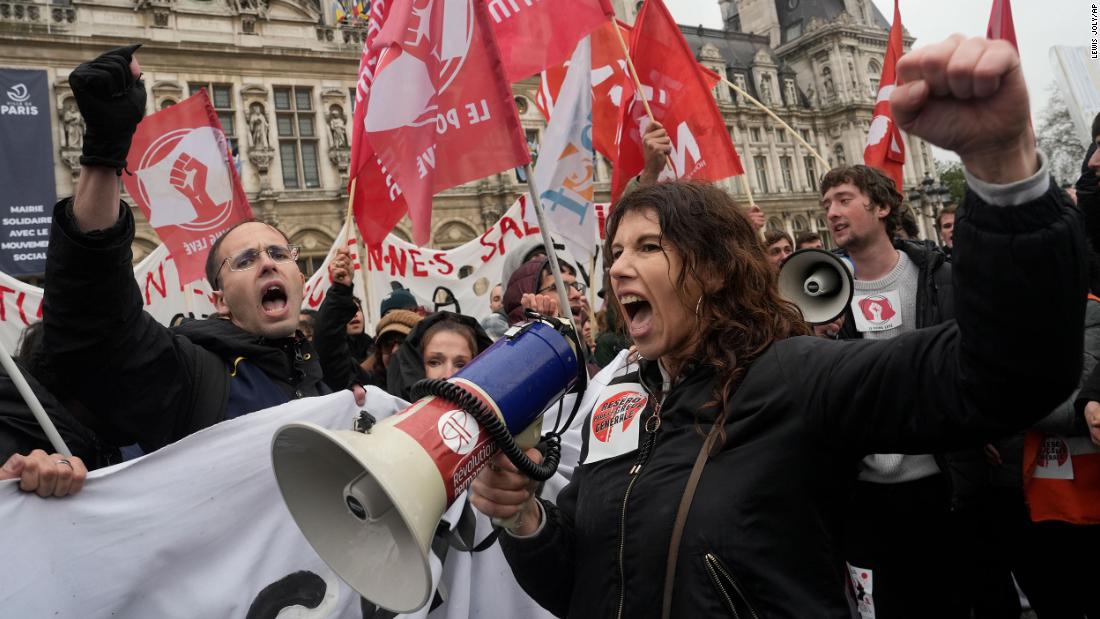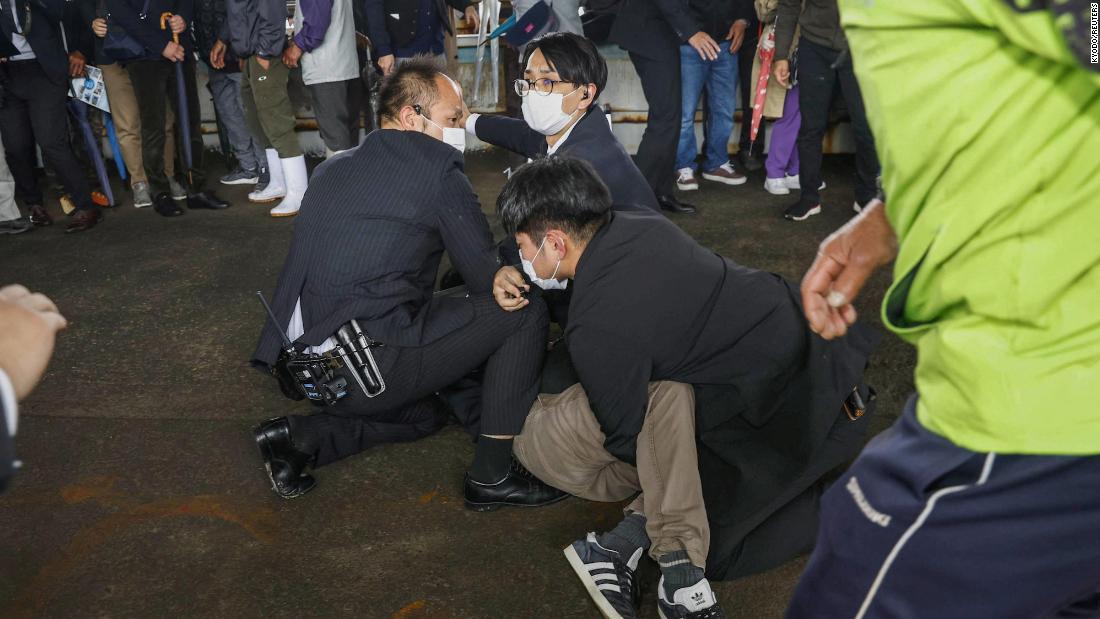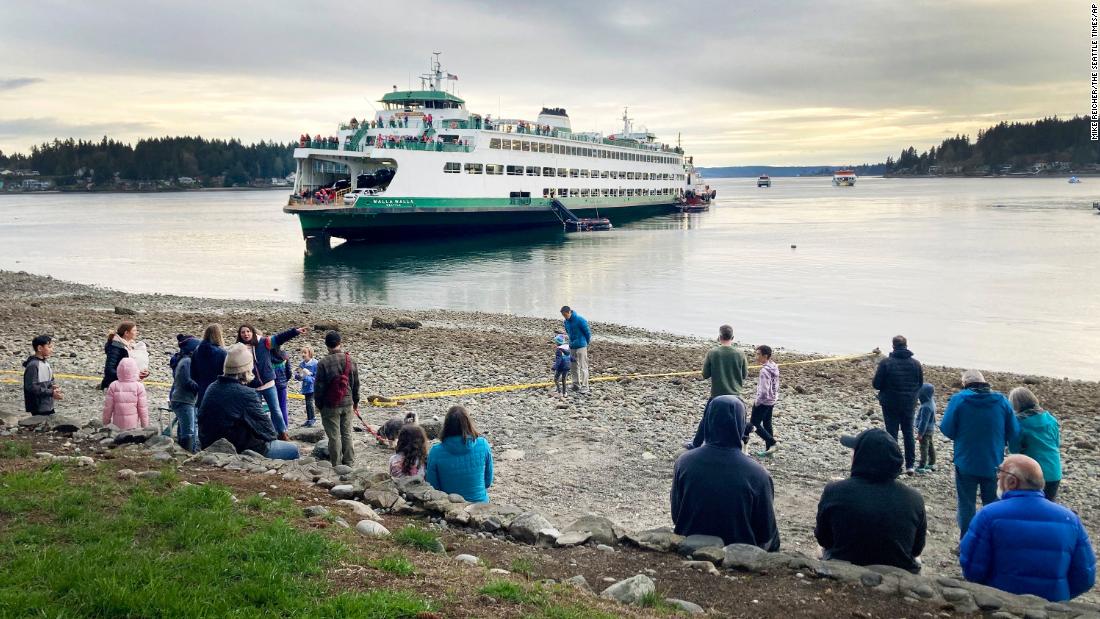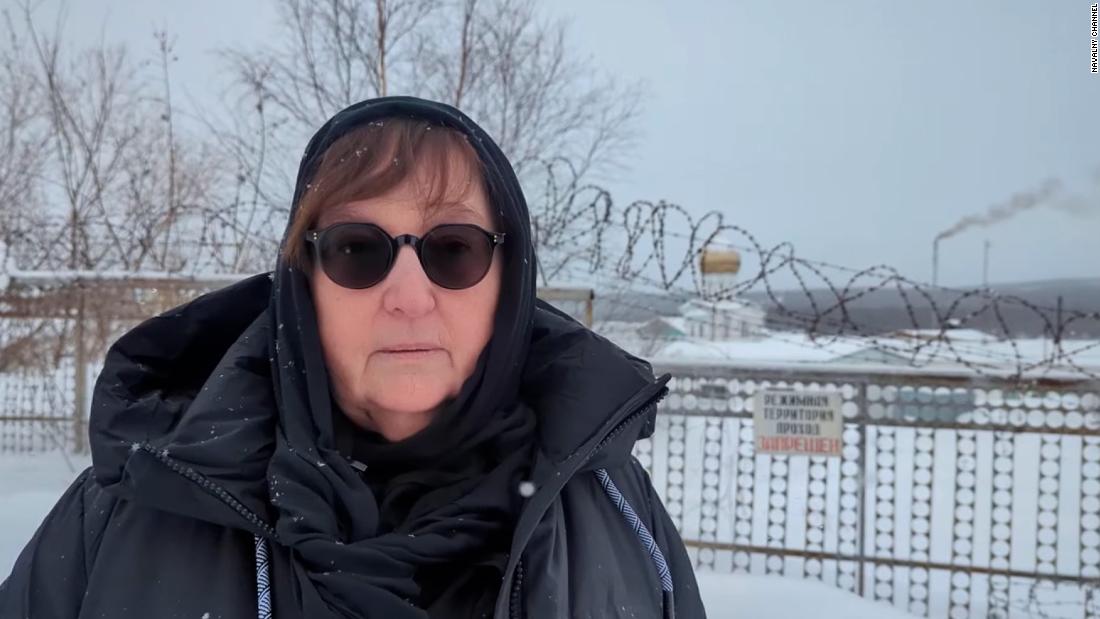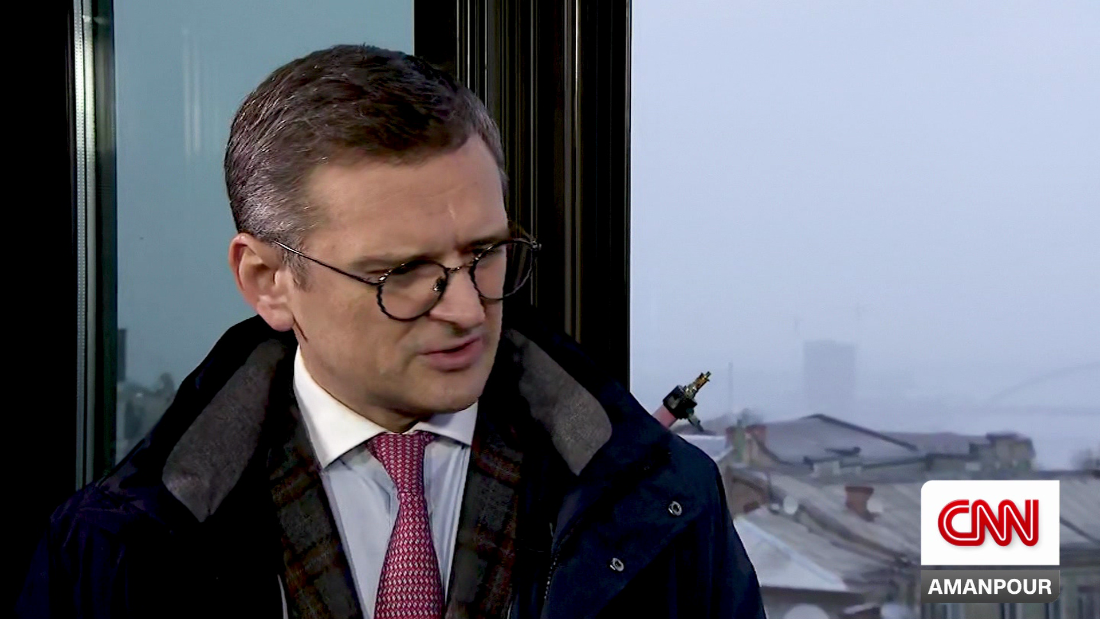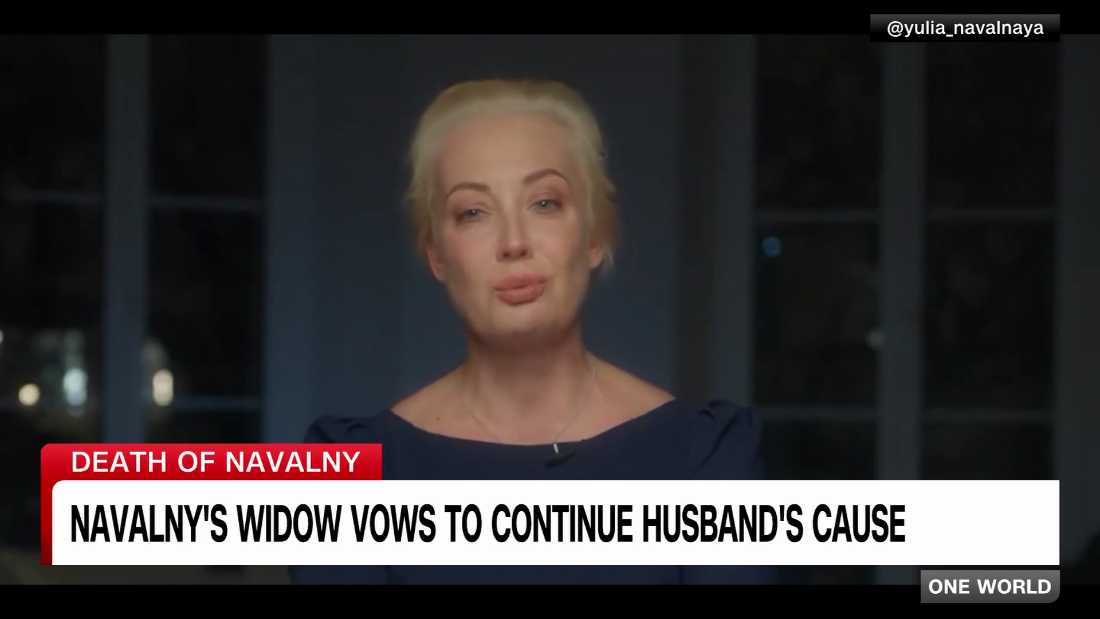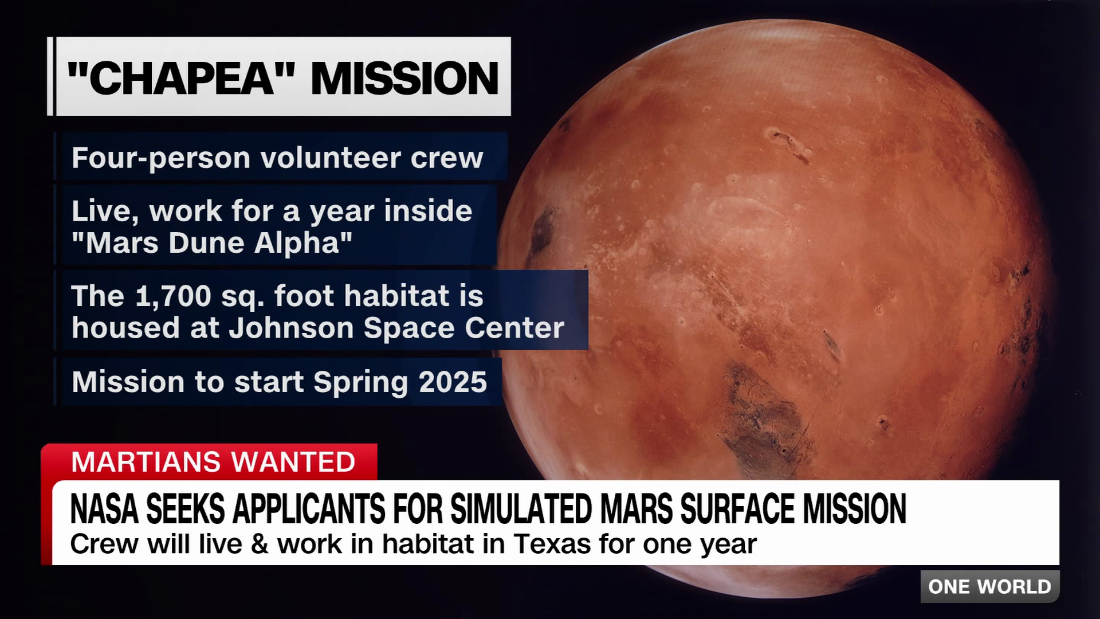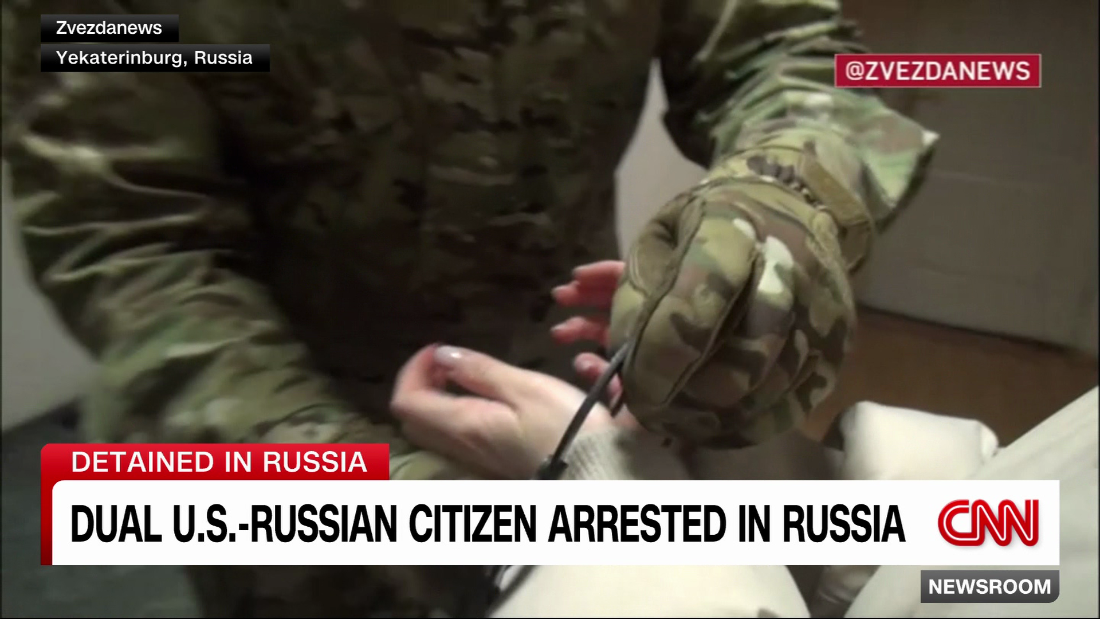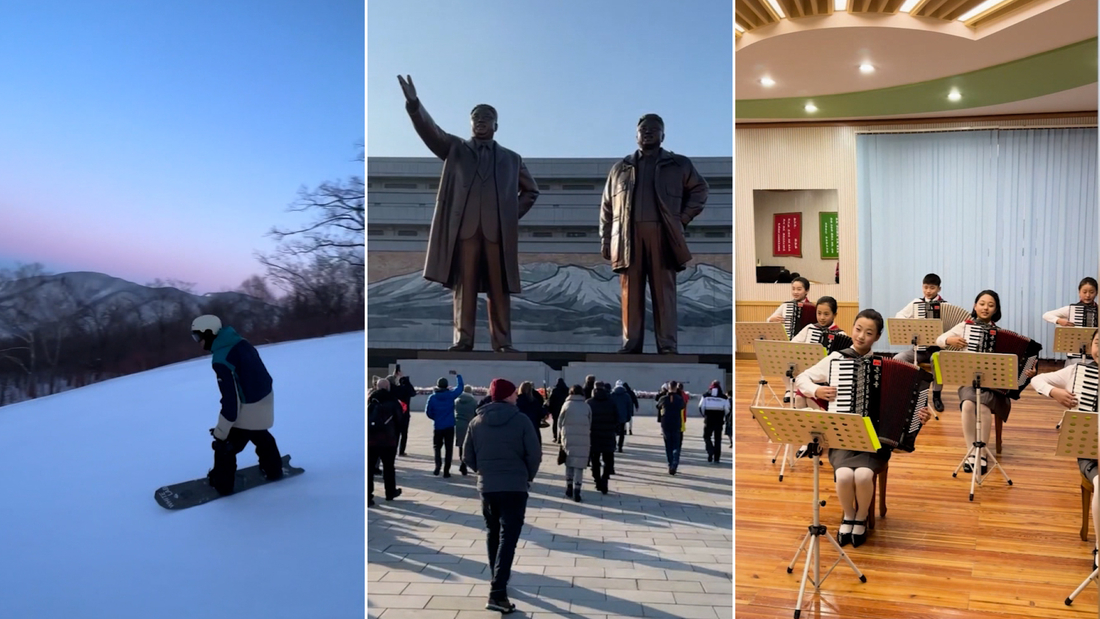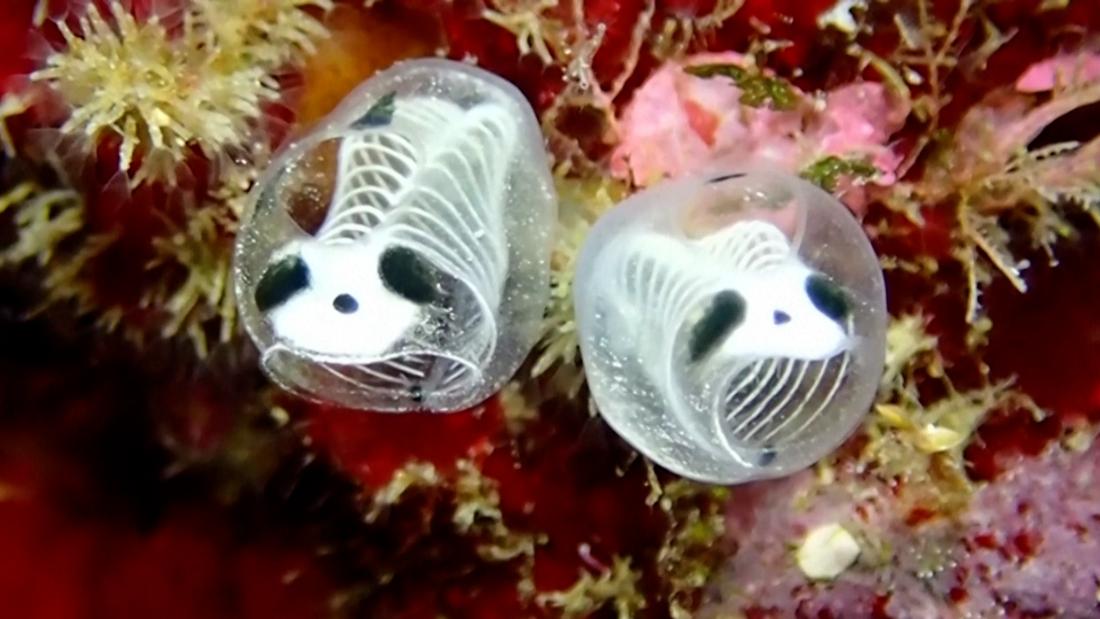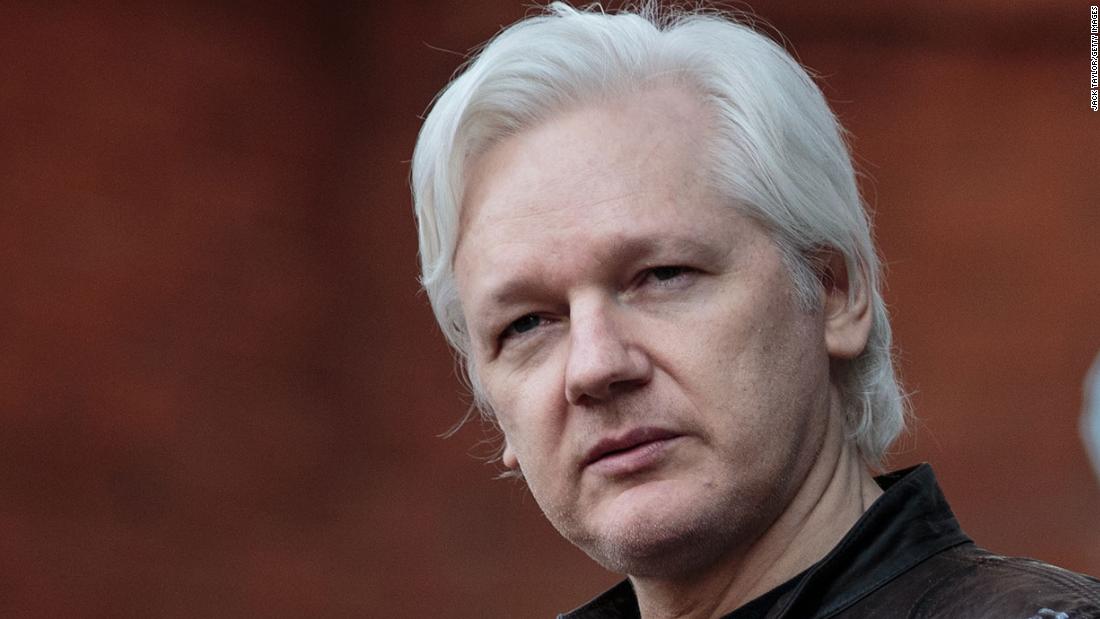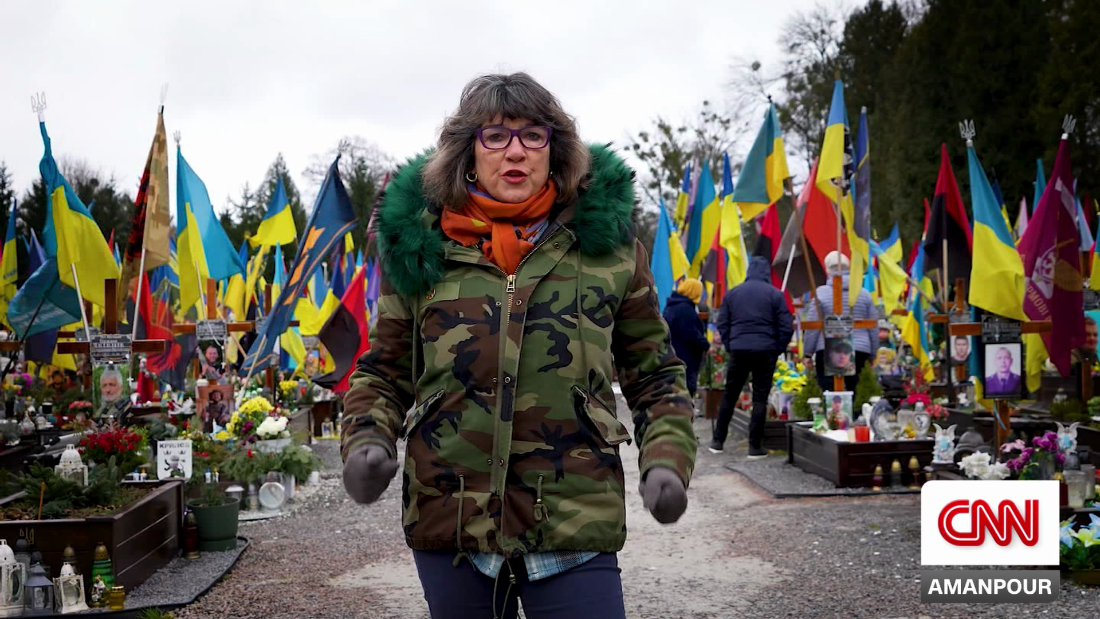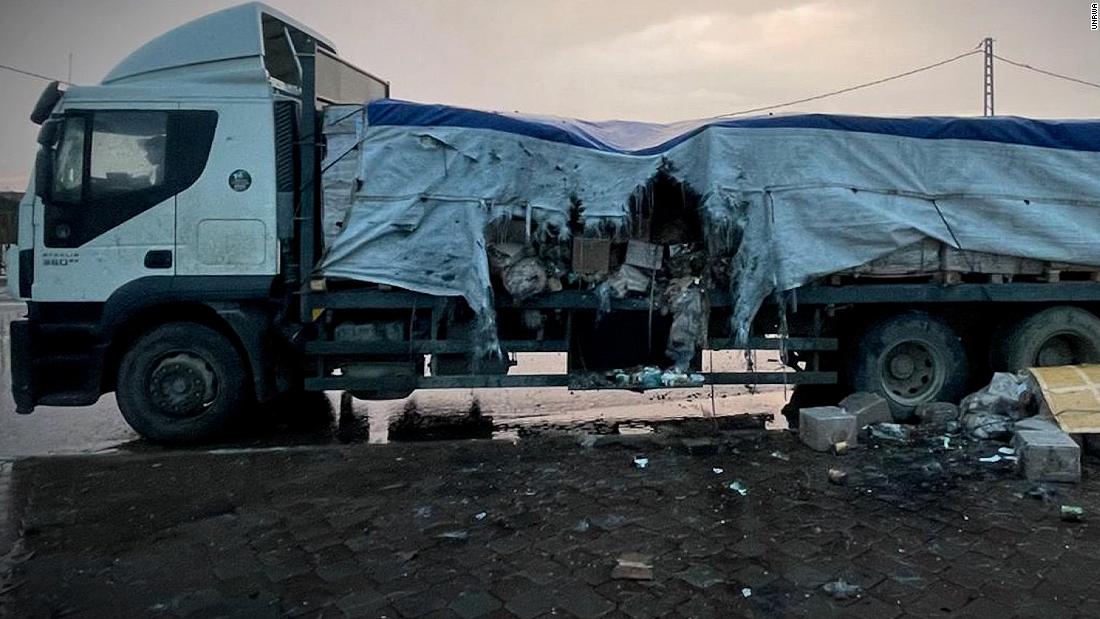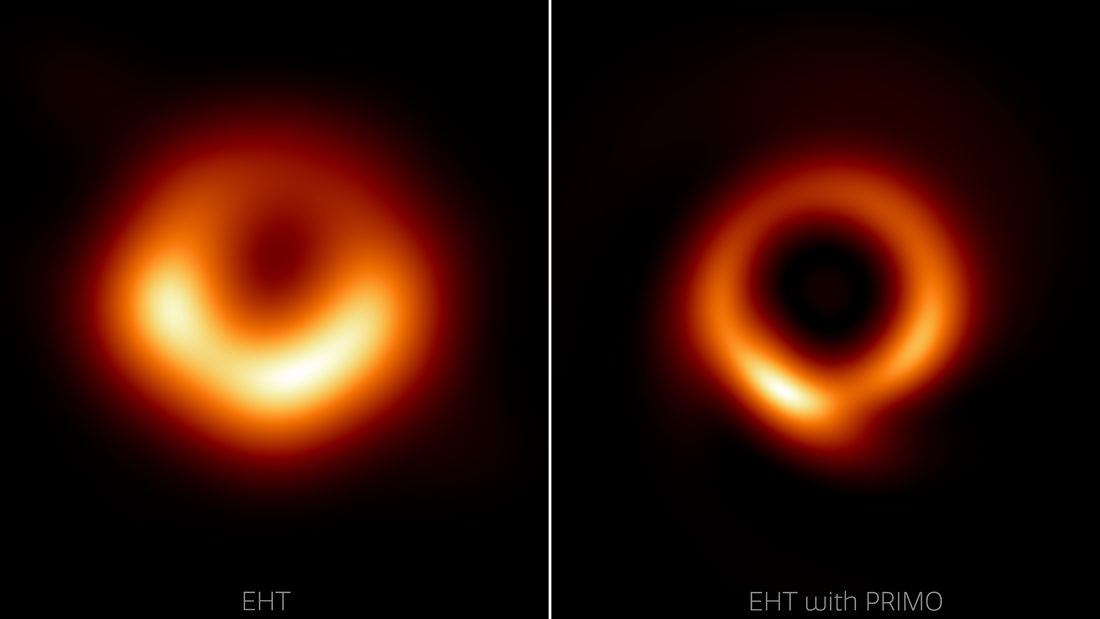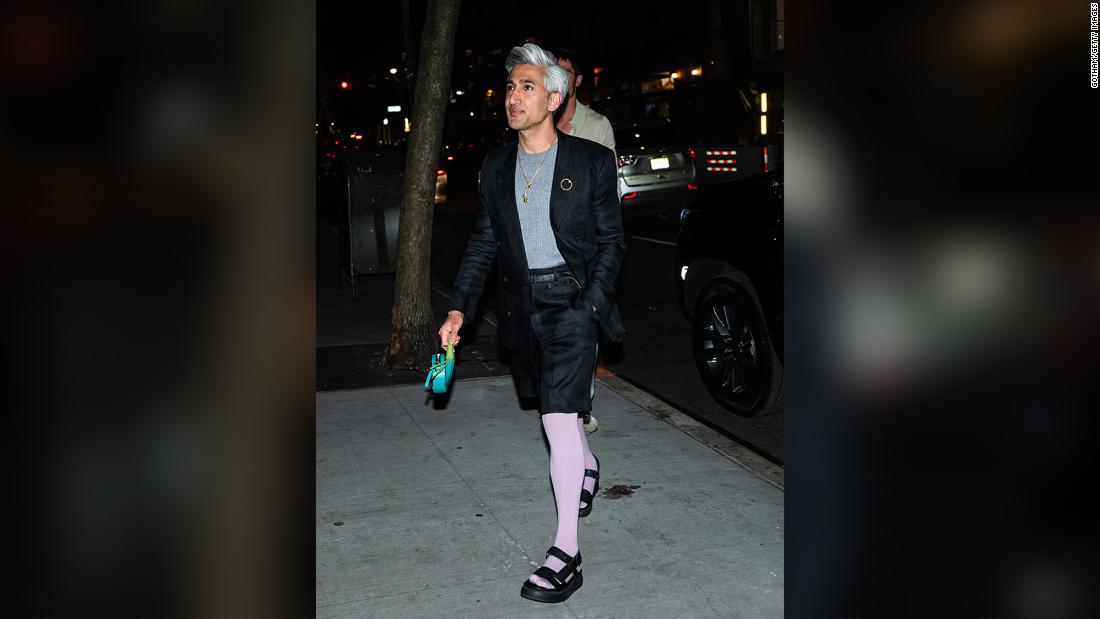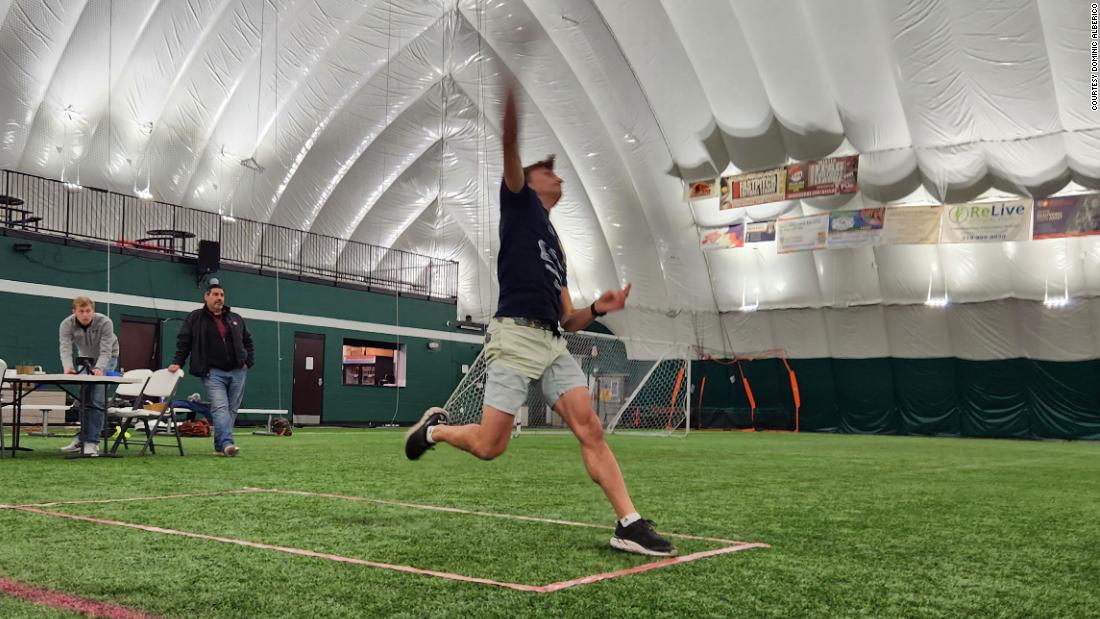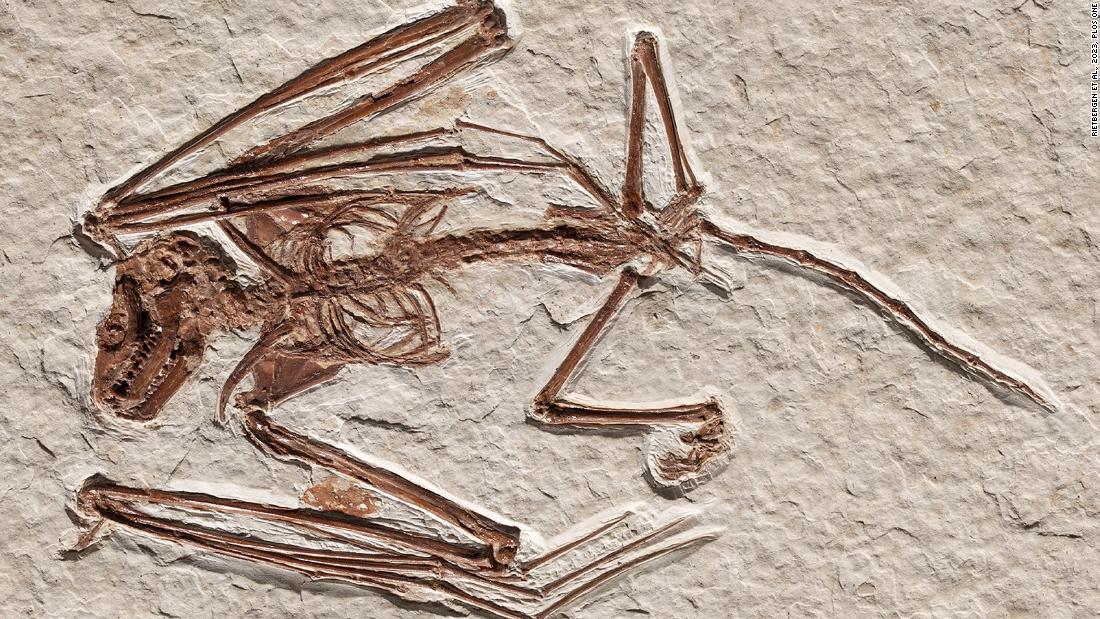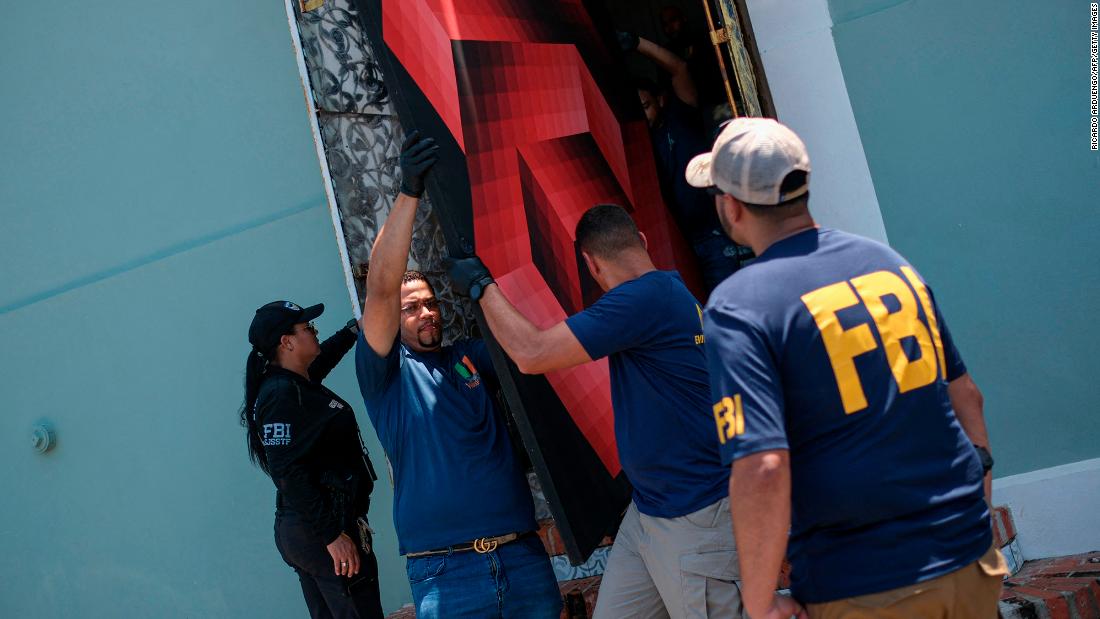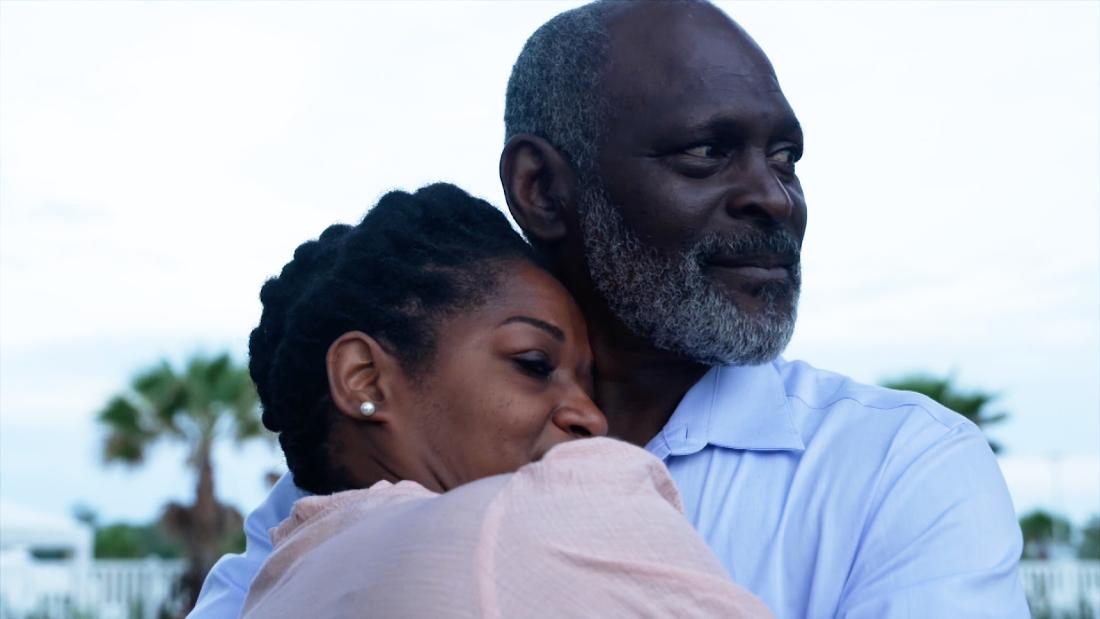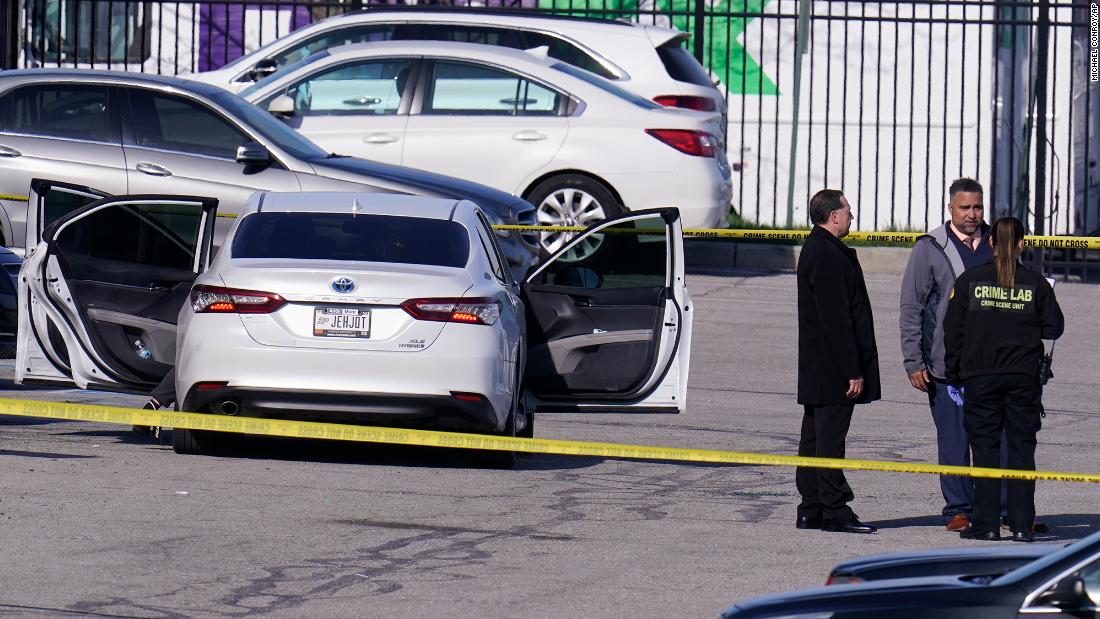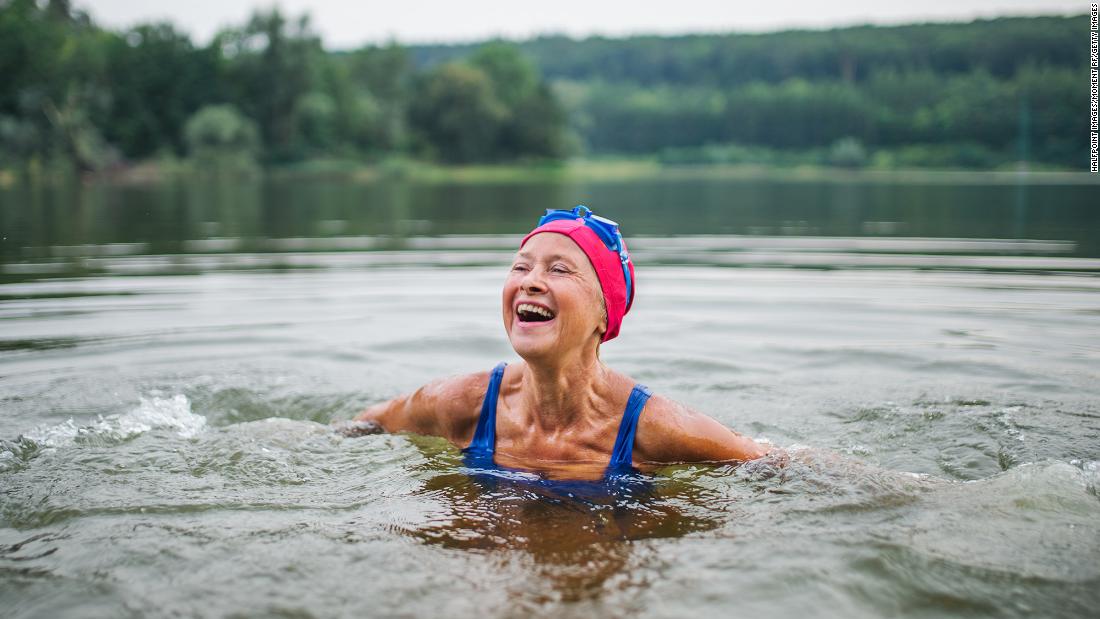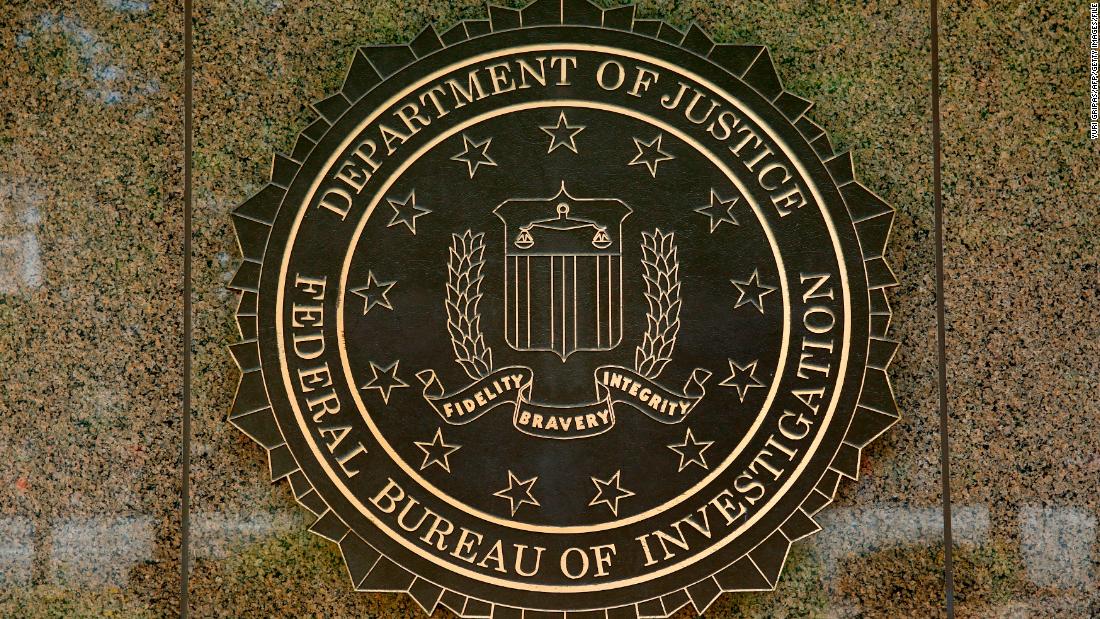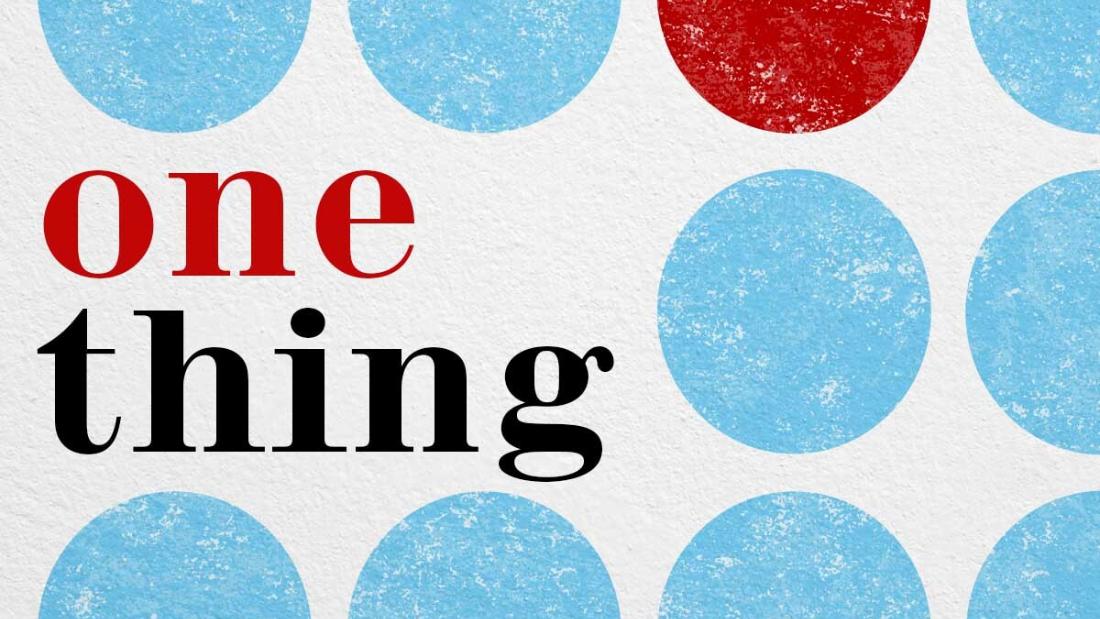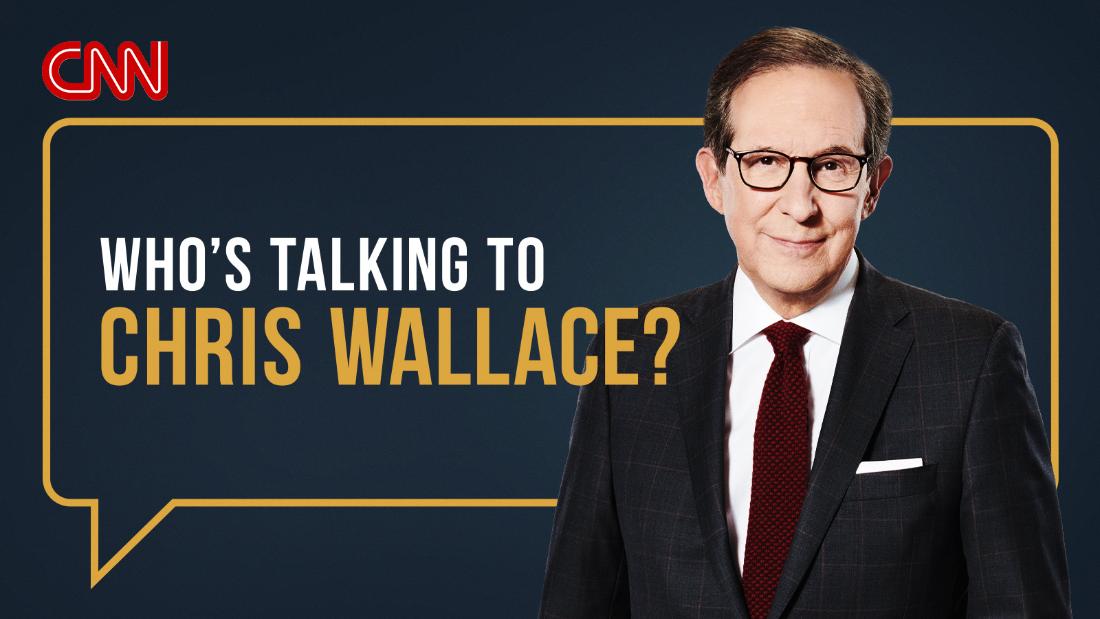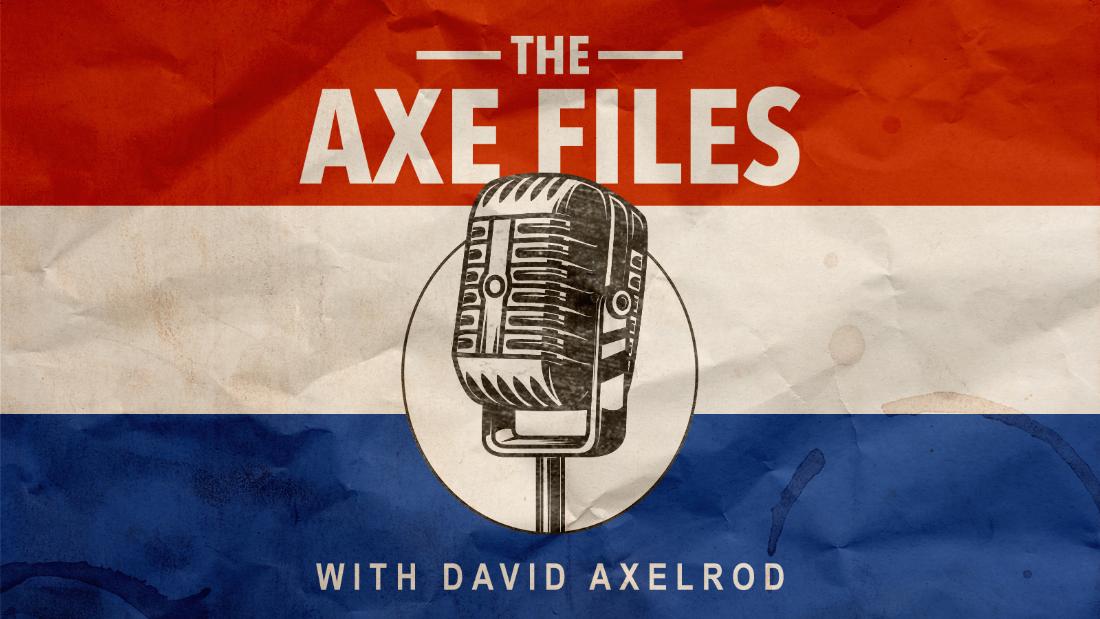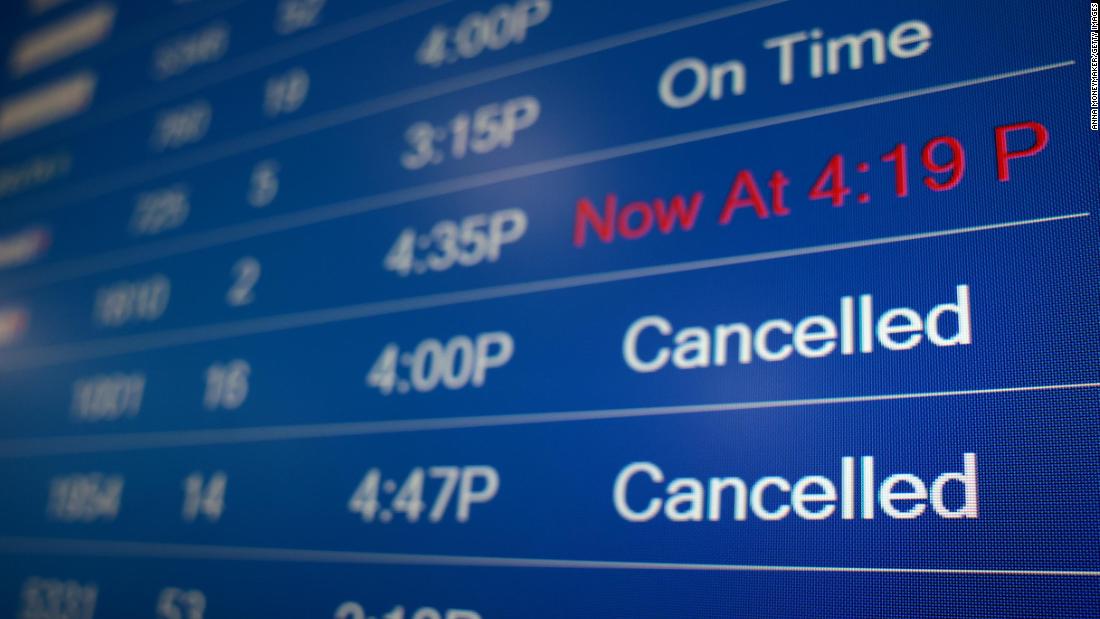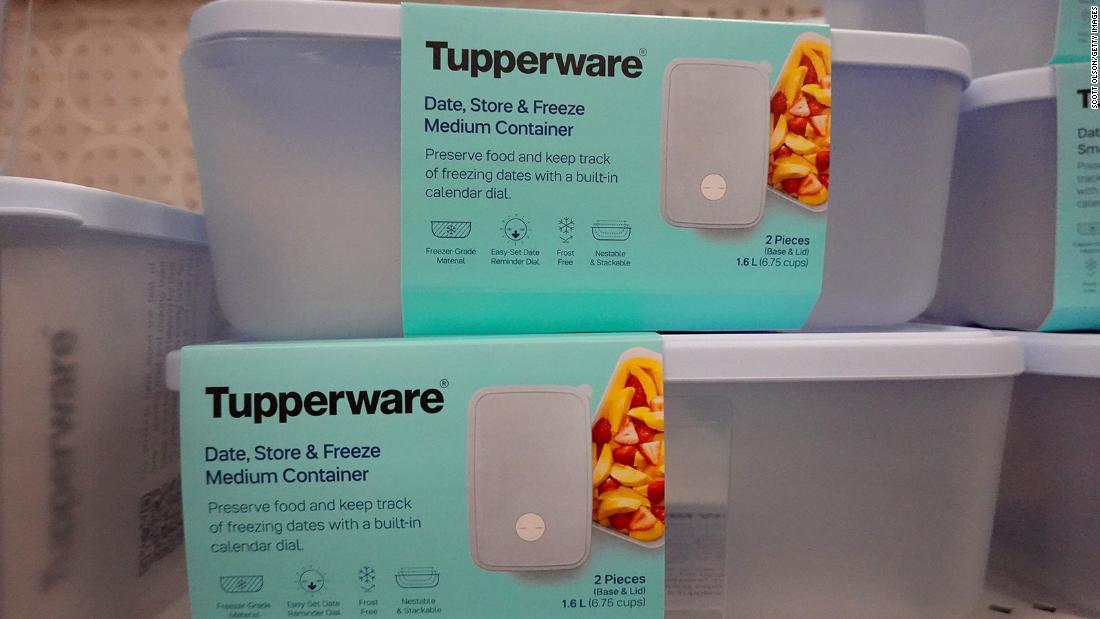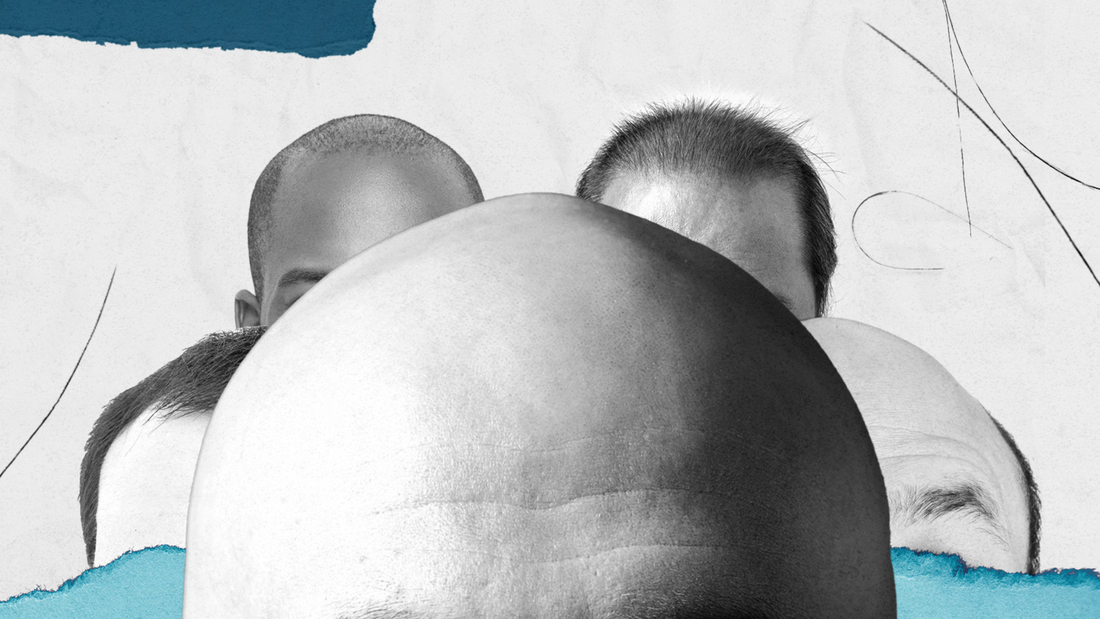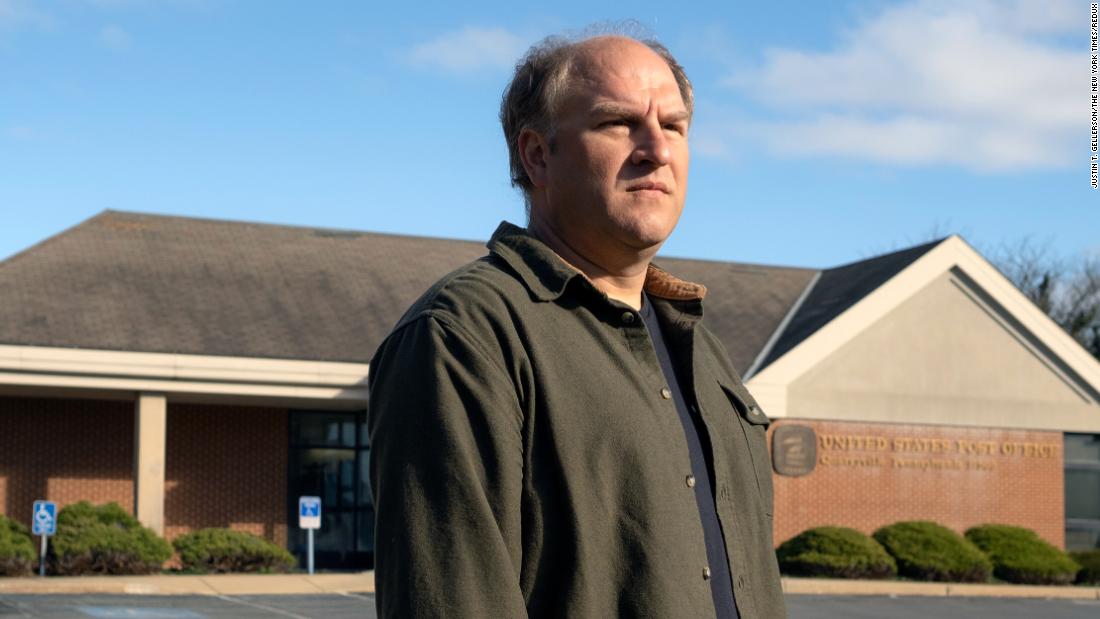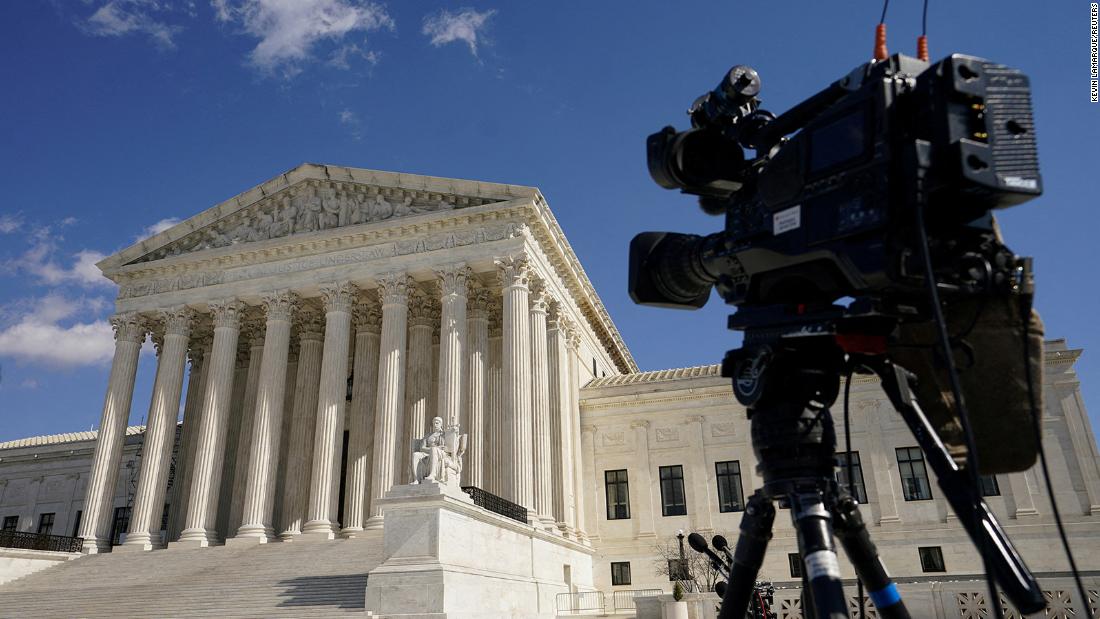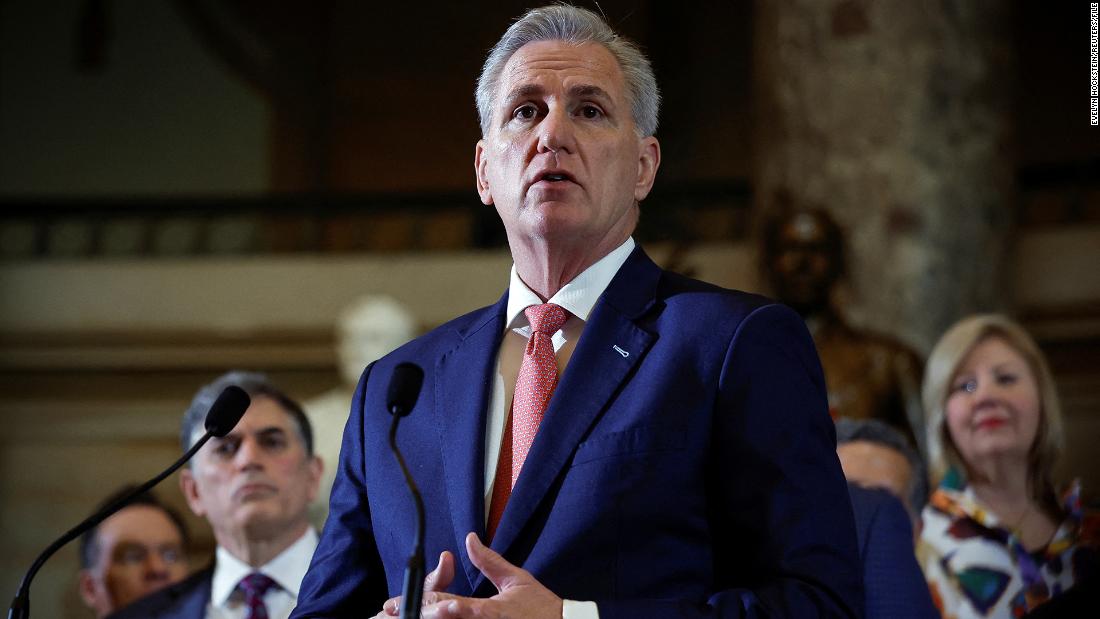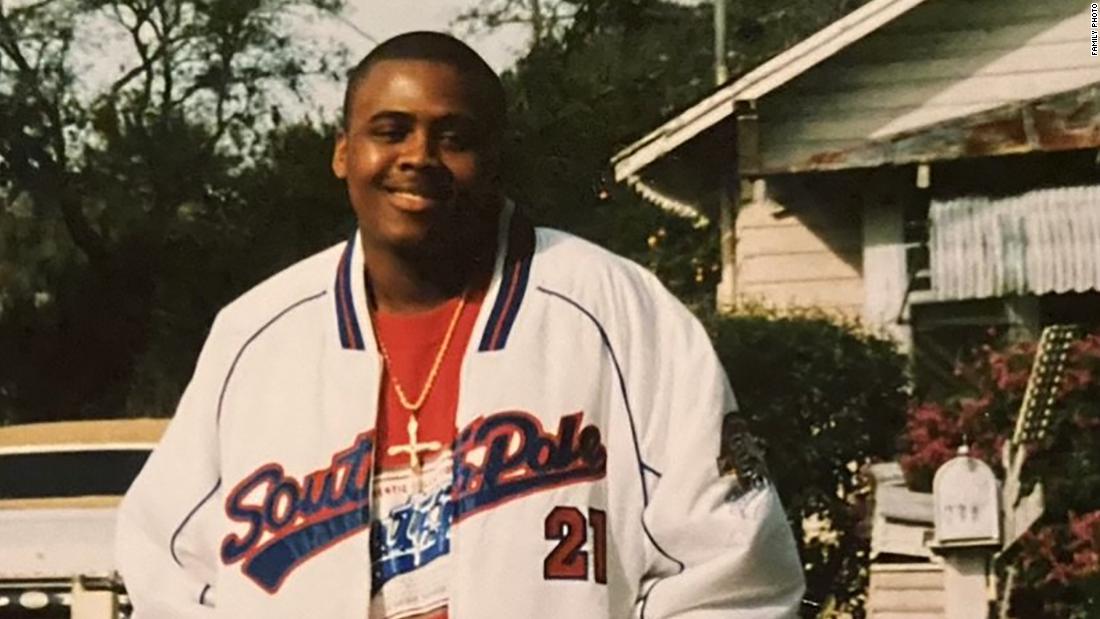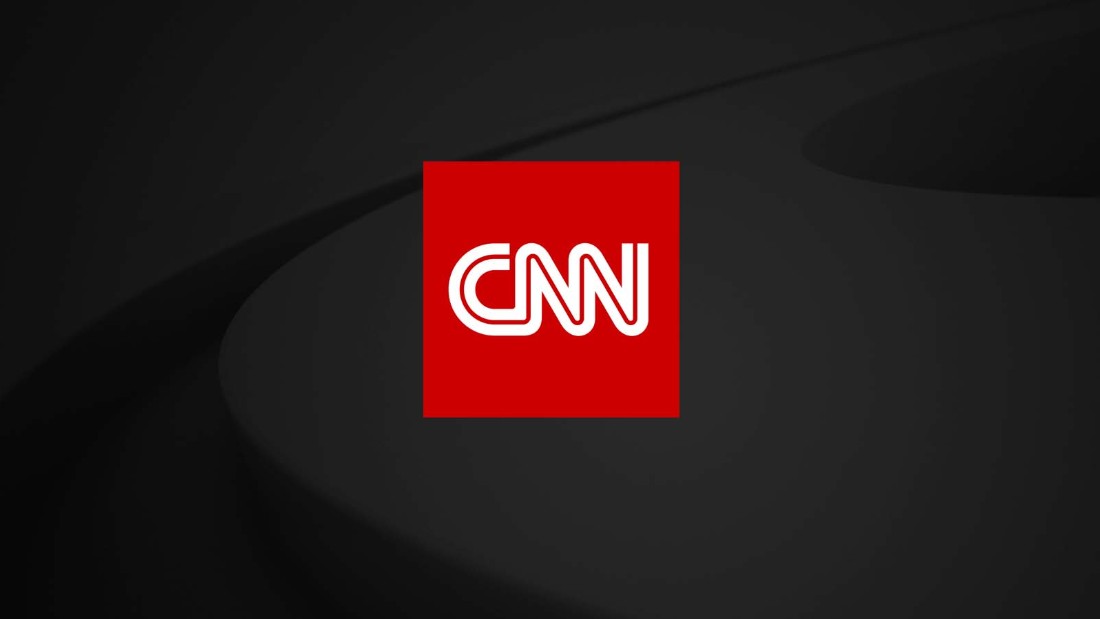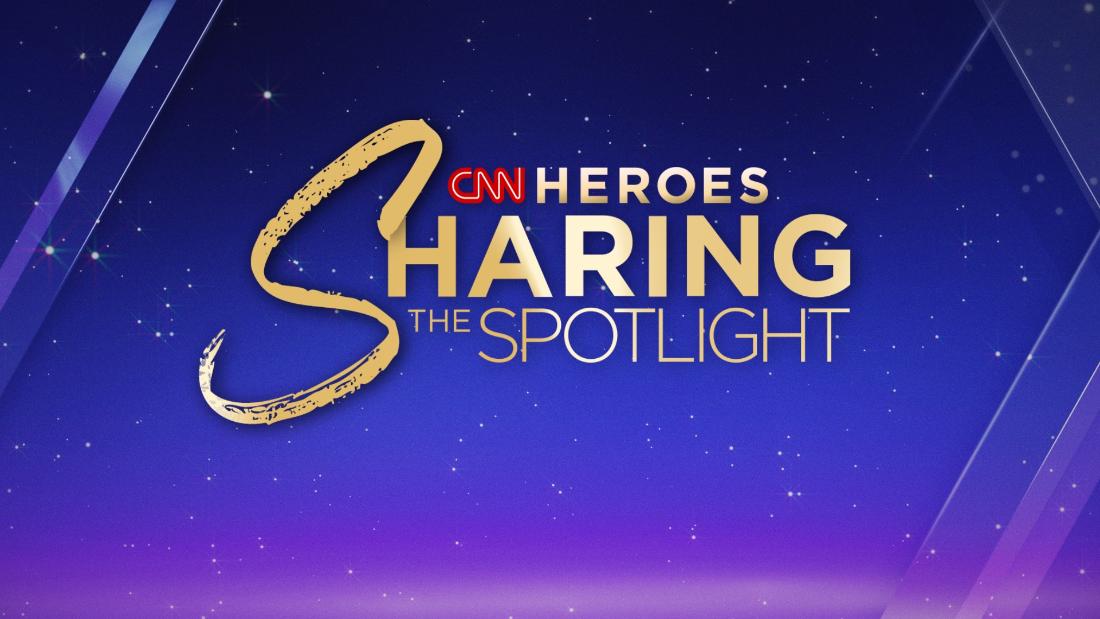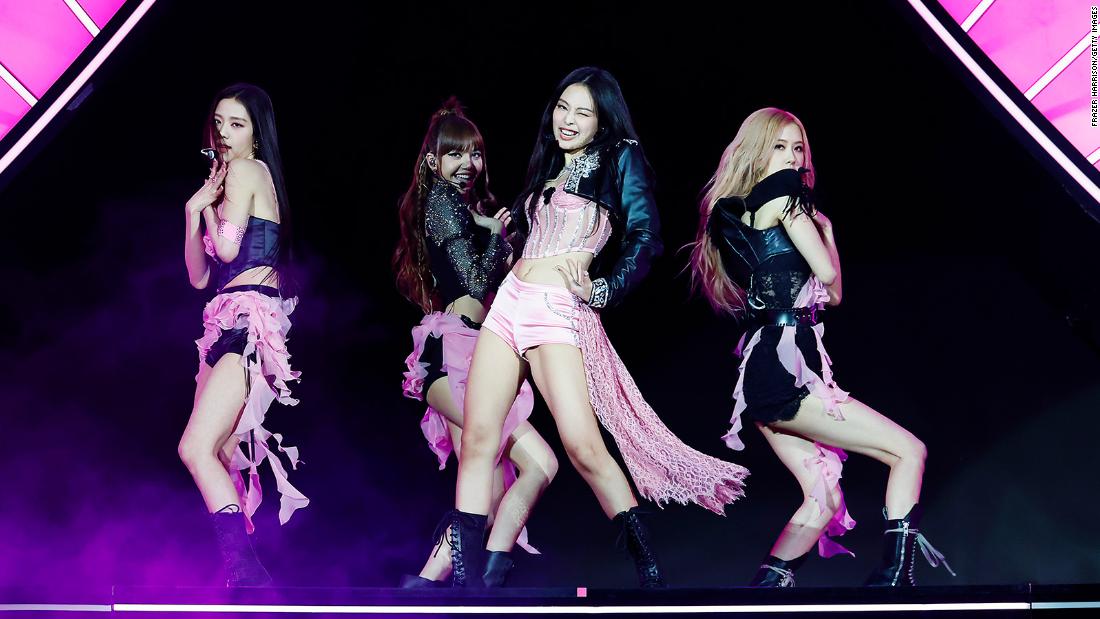WITH just a tent, binoculars and a case of tinned baked beans, Jane Goodall set up camp in Africa to study chimpanzees – and went on to revolutionise the way we view primates.
It was 1960 and with no scientific training, the London-born secretary — then aged 26 — spent months trawling the forests of Tanzania for a glimpse of the complex creatures.
GettyJane Goodall died of natural causes aged 91 on Wednesday[/caption]
GettyJane was the world’s leading expert on chimps through her dedication to understanding their traits[/caption]
Shutterstock EditorialJane’s legs helped land her on the cover of magazines[/caption]
Her fascinating discoveries were to shine light new light on the story of human evolution.
Jane — who died of natural causes aged 91 on Wednesday — spotted a chimp using sticks to dig out termites, overturning the myth that only humans used tools.
She went on to prove even more similarities between the animals and people, including how they grieved.
And to fund her research, she used her secret weapon — a set of “jolly nice legs”.
Despite initially being horrified by the obsession with her pins, Jane quickly realised they were an asset which would land her on the cover of magazines.
In fact, images of her in her khaki shorts led to TV appearances, best-selling books and media attention that helped bankroll her studies.
But she refused to conform to scientific “norms”, giving the chimps she observed names rather than numbers — and once said of her highbrow critics: “I didn’t give two hoots for what they thought.”
Jane, who passed away on a speaking tour in California, said in May this year, “If my legs were getting me the money, thank you legs”, adding: “And if you look at those covers, they were jolly nice legs.”
Yesterday, royals, former presidents, Hollywood stars and tycoons led the tributes to Jane, who was made a dame in 2003.
Prince William said the world had lost “an extraordinary voice”, adding: “She challenged us all to make a difference and inspired me and countless others to work to protect our planet.”
Sir David Attenborough revealed his friend “was the first to prove that an investigating scientist and a great ape living in the wild could become true friends”.
Former US Presidents Joe Biden and Bill Clinton praised her, while Barack Obama said: “Jane Goodall had a remarkable ability to inspire us to connect with the natural wonders of our world.
“Her groundbreaking work on primates and the importance of conservation opened doors for generations of women in science.”
Actor Leonardo DiCaprio wrote online: “We have lost a true hero for the planet, an inspiration to millions and a dear friend.”
We have to keep on doing our best for as long as we can, and if we’re going to die, let’s die fighting
Jane Goodall
Jessica Alba, Michelle Pfeiffer, Kate Hudson, Jane Fonda and Prince Harry also paid their respects.
Virgin boss Sir Richard Branson said: “Dr Jane Goodall was a passionate champion of our beautiful planet and an amazing human being.”
Born Valerie Jane Morris-Goodall in Hampstead on April 3, 1934, her love of nature began when she read a Tarzan book aged nine.
She went on to be the world’s leading expert on chimps through her dedication to understanding their traits.
From 1986, she widened her focus to become an environmental activist.
Jane said: “I owe it to the chimps.
“We have to keep on doing our best for as long as we can, and if we’re going to die, let’s die fighting.”
Later, she met British naturalist Louis Leakey while staying with an old school friend in Kenya, and he expressed a hope that somebody would one day go out to the Gombe area of Tanzania to observe the very isolated chimps there in the study of human evolution.
CHIMP’S TRUST
Jane took the job, but only managed rare glimpses of the creatures from afar until she came across the male she dubbed David Greybeard, who did not run away.
“He just sat there and looked back at me”, she recalled.
That was the breakthrough. She had won the chimp’s trust.
It was soon afterwards that Jane witnessed Greybeard fashioning sticks to poke a termite hole and reach the tasty insects inside.
Decades later, she would say: “I remember that day as vividly as if it was yesterday.
“I had been told from school onwards that the best definition of a human being was man the tool-maker — yet I had just watched a chimp tool-maker in action.”
In 1987, a cartoon of two chimps showed one finding a blonde hair and musing, “Conducting a little more ‘research’ with that Jane Goodall tramp?”.
AlamyJane was made a dame in 2003[/caption]
AlamySir David Attenborough was among the names paying tribute to Jane[/caption]
The Jane Goodall Institute called it an “atrocity”, but Jane herself saw the funny side.
Biographer Carol Lee Flinders once said: “If she had done nothing else for the rest of her life, her place in the history of science would have been secure.”
National Geographic magazine sent Dutch aristocrat Baron Hugo van Lawick to take photos of Jane.
They fell in love and married in 1964. It has since been said that she gave chimps their soul. But they also taught her.
After giving birth to her only child, son Hugo, nicknamed Grub, in 1967, she said: “I did a lot of things that chimp mothers did, lying on my back and dangling Grub from my feet and tickling him.
“So I had a lot of fun with him. And that came from the chimps.”
I think my next great adventure will be dying
Jane Goodall
But from the early 1970s, she watched in horror as the group she was studying suddenly turned violent against their own species due to a power struggle, exposing a different side to their characters.
In her personal life, Jane divorced and remarried.
When second husband Derek Bryceson died in 1980, Jane toured the world campaigning for chimpanzees under threat from loss of habitat and mistreatment.
She got upset with singer Michael Jackson when he invited her to meet his pet chimp Bubbles, who she claimed was beaten.
Jane appeared in TV’s The Simpsons and inspired other primatologists, including Dian Fossey, played by Sigourney Weaver in the film Gorillas In The Mist.
And when asked a few years ago about her plans for the future, she replied: “I think my next great adventure will be dying.”
Published: [#item_custom_pubDate]













